
One of the world’s leading publishers of printed classical and educational music.

William Walton Catalogue
- Text
- Walton
Publication: WWE vol. 3,
Publication: WWE vol. 3, pp. 1–99 (2014) Bibliography: David Lloyd-Jones, WWE vol. 3 • Cyril W. Beaumont, The Sadler’s Wells Ballet: A Detailed Account of Works in the Permanent Repertory with Critical Notes (London: Beaumont, 1946), 161–7 • Meredith Daneman, Margot Fonteyn (London, Viking, 2004), 141–3 • David Drew, ‘The Wise Virgins’, The Decca Book of Ballet (London: Muller, 1958), 56–7 • Julie Kavanagh, Secret Muses: The Life of Frederick Ashton (London: Faber, 1996), 260–63 • David Vaughan, Frederick Ashton and his ballets (London: A. & C. Black, 1977), 183–6, 473 (rev. edn., London: Dance Books, 1999) • Danc T (May 1940), 464; MT 81 (June 1940), 278–9 (W. McNaught); Ob, 28 April 1940, p. 9 (H.H.); Spec, 21 June 1940, p. 837; Times, 25 April 1940, p. 4; 21 May 1941, p. 6 Other versions C38a Suite from the ballet The Wise Virgins 1. What God hath done (originally no. 3); 2. Lord, hear my longing (no. 4); 3. See what his love can do (no. 5); 4. Ah! How ephemeral (no. 6); 5. Sheep may safely graze (no. 7); 6. Praise be to God (no. 9) Holograph: whereabouts unknown Instrumentation: 2(II + picc).2(II + ca).2.2/4.2.3.0/ timp/hp/strings Duration: 16 minutes (WW 17'41") First performance: London, Abbey Road Studios, 8 August 1940 (recording session for the HMV disc, see below); Sadler’s Wells Orchestra, conducted by William Walton First public performance: London, Queen’s Hall, 30 November 1940; Royal Philharmonic Orchestra, conducted by Dr Malcolm Sargent Other concert performances: London, Royal Albert Hall, 3 August 1949; BBC Symphony Orchestra, conducted by Sir Malcolm Sargent Publication: score: OUP, 1942 at 17s 6d • reprinted in large format in 1986 Bibliography: Times, 2 Oct 1940, p. 6; 25 Nov 1940, p. 6; 5 Feb 1951, p. 3 Recordings: 78, LP, CD Sadler’s Wells Orchestra / Walton (recorded No.1 Studio, Abbey Road, London, 24 July and 8 August 1940). HMV C3178–9 (1940); EMI CHS5 65003 2 (1994) • London Philharmonic Orchestra / Adrian Boult. Decca LW 5157 (1955); Decca 461 359 2 (1997) • City of C38 The Wise Virgins 53 Birmingham Symphony Orchestra / Louis Frémaux. EMI ASD 3317 (1977); CZS 5 73998 2 (2000); EMI Collector’s Edition 4 40864 2 (2012) • London Philharmonic Orchestra / Bryden Thomson. Chandos CHAN 8871 (1990); CHAN 9426 (1995) • English Northern Philharmonia Orchestra / David Lloyd-Jones. Naxos 8.555868 (2002) C38b The Wise Virgins 1. Sleepers Wake!; 2. The Saviour is born today; 3. What God hath done is rightly done (originally no. 1); 4. Lord, hear my longing (no. 2); 5. See what His love can do (no. 3); 6. Ah! How ephemeral (no. 4); 7. Sheep may safely graze (no. 5); 8. What God hath done, is rightly done (adapted reprise of no. 3); 9. Praise be to God (no. 6) Instrumentation: 2.2(II + ca).2.2/4.2.3.0/timp/hp/ strings First performance: London, BBC Radio 3, 26 July 2000; BBC Concert Orchestra, conducted by Barry Wordsworth Publication: score and parts on hire: OUP, 2000 Recordings: CD BBC Concert Orchestra / Barry Wordsworth. ASV CD DCA 1168 (2004) Note: Philip Lane told the present author (email dated 31 March 2004) that ‘The only thing I had to go on were the original titles and hence Bach pieces and the odd bit of rehearsal piano score from Covent Garden which hinted at where the cuts came in the repeated item. ... Otherwise I kept to WW’s instrumentation but used the harp a bit more liberally than he did.’ C38c Cantus Firmus ballet in one act with choreography by Jeanne Brabants First performance: Antwerp, Royal Flemish Opera House, 15 May 1970; Royal Flemish Opera House Orchestra, conducted by Luigi Martelli. Ballet van Vlaanderen, including Frieda Brijs and Philip Vervoort. First British performance: Bradford, Alhambra Theatre, 11 October 1974; Ballet van Vlaanderen C38d Sheep may safely graze available separately Instrumentation: 2.1.ca.2.2/4.0.0.0/hp/strings First public performance: London, Cambridge Theatre, 15 October 1944; London Symphony Orchestra, conducted by Anatole Fistoulari First broadcast performance: Lincoln, Cathedral Church of the Blessed Virgin Mary, 8 November 1944 (BBC For perusal purposes only
54 C39 Tunes for My Niece Home Service); New London Orchestra, conducted by Alec Sherman Publication: score: OUP, 1942 at 5s 6d Bibliography: Times, 28 Jan 1944, p. 6 Recordings: 78 Sadler’s Wells Orchestra / Walton. HMV B9380 (1944) (from HMV C3178–9, see above) LP, CD Philharmonia Orchestra / Walton (recorded Kingsway Hall, London, 21 March 1953). Columbia 33C1016 (1953); Columbia SEL1504 (1954); EMI CHS5 65003 2 (1994) C38e Ah! How ephemeral arranged for two pianos by Walter Goehr Publication: piano score: OUP, 1960 at 7s 6d C39 Tu n e s fo r My Ni e c e for solo piano Date of composition: 1940 I Allegretto; II Vivo; III Andante; IV Slow and deliberate; V Quick; VI Slow; VII [Allegro]; VIII [Largo]; IX [Allegro] Holograph: Beinecke: GEN MSS 601 (FRKF 624a) Dedication: For Elizabeth Duration: 12 minutes First performance: unable to trace Publication: WWE vol. 20, pp. 1–10 (2003) Bibliography: Michael Aston, WWE vol. 20 Other versions C39a Duets for Children Walton later brought in his nephew, Michael, and the pieces became duets. The manuscript still consisted of nine, not ten, pieces, Alla marcia not being included. It is probable that this number was added later at the suggestion of Hubert Foss as a finale for the duet publication. Date of arrangement: 1940 I. The Music Lesson (Andantino); II. The 3-legged Race (Vivo); III. The Silent Lake (Adagio); IV. Pony Trap (Giocoso deliberamente); V. Ghosts (Leggiero); VI. Hop-Scotch (Larghetto); VII. Swing-boats (Gaiamente); VIII. Song at Dusk (Largo); IX. Puppet’s Dance (Allegro); X. Trumpet Tune (Alla Marcia) Holograph: Beinecke: GEN MSS 601 (FRKF 624b). The manuscript bears a dedication to Alfred Chenhalls (Walton’s, and John Ireland’s, accountant) thus: ‘for Alfred Chenhalls (Cheneg) in celebration (surtax) from William 15 May 1940.’ (Sir John Simon, Chancellor of the Exchequer, in his Budget of 24 April 1940, had set the rate for surtax (1940–41) to be charged on incomes over £1,500.) Dedication: To Elizabeth and Michael (children of Walton’s elder brother, Noel) Duration: 14 minutes First performance: unable to trace. It may have been the recording session on 7 May 1940 for the 78 rpm Columbia recording, DX 972/3 (Ilona Kabos and Louis Kentner, pianos)—under, according to The Times, ‘the personal supervision of the composer.’ Other early performances: Cambridge, Gonville and Caius College Hall, 24 November 1940; Angus Morrison and Patrick Hadley Publication: Books One and Two: OUP, 1940 at 3s 6d each • Three Duets: OUP, 1940 at 2s 6d • WWE vol. 20, pp. 11–42; offprinted OUP, 2004 Bibliography: Michael Aston, WWE vol. 20 • MT 81 (July 1940), 307 (W. McNaught); (September 1940), 376 (H. Grace); Times, 15 June 1940, p. 4 Recordings: CD Hamish Milne / Gretel Dowdeswell. Chandos CHAN 9292 (1994) • Peter Lawson / Alan MacLean. Albany TROY 142 (1995) • Keith Swallow / John Wilson. Cameo 2036 (2005) Note: Letters in the OUP archive show that Louis Kentner (letter to Hubert Foss, 9 April 1940) and Kenneth Wright at the BBC (letter to Foss, 1 May 1940) were making enquiries about the new work. Other versions of Duets for Children (a) Ballet Átha Cliath (a fantasy in five flounces) Comedy ballet with script by Diarmuid Kelly and choreography by Sara Payne. First performance: Dublin, Gate Theatre, 4 June 1941. Piano duets played by Aileen Doyle and Margaret MacNamee, Diarmuid Kelly and Sara Payne with members of ‘The Cross-Channel Ballet Company.’ Bibliography: Irish Times, 30 May 1941, p. 6; 6 June 1941, p. 5, which mentions the music by William Walton as ‘very fitting’ For perusal purposes only
- Page 2 and 3:
General Editor: DAVID LLOYD-JONES C
- Page 4 and 5:
CONTENTS Introduction - James Brook
- Page 6 and 7:
Anyone taking this volume down from
- Page 8 and 9:
ORGANIZATION OF THE CATALOGUE This
- Page 10 and 11:
WILLIAM WALTON EDITION General Edit
- Page 12 and 13:
ACKNOWLEDGEMENTS I am deeply indebt
- Page 14 and 15:
Bibliographical abbreviations Add.M
- Page 16 and 17:
SELECTIVE CHRONOLOGY 1866 11 Oct Lo
- Page 18 and 19:
SELECTIVE CHRONOLOGY xix 1943 Feb o
- Page 20 and 21:
SELECTIVE CHRONOLOGY xxi Nov Sympho
- Page 22 and 23:
facsimiles For perusal purposes onl
- Page 24 and 25:
facsimiles xxv For perusal purposes
- Page 26 and 27:
facsimiles xxvii For perusal purpos
- Page 28 and 29:
facsimiles xxix For perusal purpose
- Page 30 and 31:
facsimiles xxxi For perusal purpose
- Page 32 and 33:
facsimiles xxxiii For perusal purpo
- Page 34 and 35:
List OF MAIN TITLES xxxv Romeo and
- Page 36 and 37:
the catalogue For perusal purposes
- Page 38 and 39:
C1 A Li t a n y partsong in four pa
- Page 40 and 41: Nos. 1-3 Date of composition: July
- Page 42 and 43: C9 Th e Pa s s i o n a t e Sh e p h
- Page 44 and 45: 16. Valse (‘Daisy and Lily’) Th
- Page 46 and 47: Passengers Only: A Social Tragedy i
- Page 48 and 49: Eskdale (tpt), Willem de Mont (vc),
- Page 50 and 51: Façade 2: A Further Entertainment
- Page 52 and 53: First performance: 24 January 1922
- Page 54 and 55: C12g Ballet in One Act (Based on th
- Page 56 and 57: 1. Tango-Pasodoblé 2. Swiss Jodell
- Page 58 and 59: C13 To c c a t a C14 Fantasia Conce
- Page 60 and 61: C17 PORTSMOUTH POINT 23 Date of com
- Page 62 and 63: C18 Ro m e o an d Ju l i e t Ballet
- Page 64 and 65: C21 Si n f o n i a Co n c e r t a n
- Page 66 and 67: C22 Concerto for Viola and Orchestr
- Page 68 and 69: First performance: London, Royal Fe
- Page 70 and 71: From 17 April to 23 August 1948, I
- Page 72 and 73: Other early performances: London, S
- Page 74 and 75: C28 Es c a p e Me Ne v e r music fo
- Page 76 and 77: Faber, 1996), 187-8 • David Vaugh
- Page 78 and 79: OCB 299-2 Cue 21-22 [David playing
- Page 80 and 81: C32 Dr e a m i n g Li p s music for
- Page 82 and 83: Duration: 7 minutes Instrumentation
- Page 84 and 85: First London performance: Queen’s
- Page 86 and 87: C37 Concerto for Violin and Orchest
- Page 88 and 89: C37 Concerto for Violin and Orchest
- Page 92 and 93: (b) Incidental music for Uncle Harr
- Page 94 and 95: minute Galop (the right title under
- Page 96 and 97: of the shelter to meeting; Barbara
- Page 98 and 99: Division at this point, after he ha
- Page 100 and 101: y John Burrell. Broadcast on 7 Octo
- Page 102 and 103: Houldsworth Hall, 24 May 1943 (spec
- Page 104 and 105: Other versions C46a Christopher Col
- Page 106 and 107: A copy is also in the National Soun
- Page 108 and 109: of added brass, percussion and pian
- Page 110 and 111: First USA showings: Boston, Esquire
- Page 112 and 113: C50 Henry V 75 C50g Passacaglia:
- Page 114 and 115: 1946, p .4; 26 April 1946, p. 16; T
- Page 116 and 117: duel; Entry of the court (with fanf
- Page 118 and 119: Dedication: To Diana and Griselda [
- Page 120 and 121: y the BBC on television and radio);
- Page 122 and 123: expressed a strong wish to dedicate
- Page 124 and 125: Principals: Calkas, High Priest of
- Page 126 and 127: (D. Drew); Opera 14 (June 1963), 41
- Page 128 and 129: Bibliography: Opera Canada 49 (Sept
- Page 130 and 131: C63b A Shakespeare Suite from Richa
- Page 132 and 133: C65 C65 Concerto for Violoncello an
- Page 134 and 135: C68 Symphony No. 2 97 Commissioned
- Page 136 and 137: Bibliography: David Lloyd-Jones, WW
- Page 138 and 139: Recordings: CD Bach Choir / David W
- Page 140 and 141:
C76 Variations on a Theme by Hindem
- Page 142 and 143:
Holograph: Beinecke: GEN MSS 601 (F
- Page 144 and 145:
Dedication: To André Kostelanetz.
- Page 146 and 147:
C82 Improvisations on an Impromptu
- Page 148 and 149:
C86 Five Bagatelles 111 This work w
- Page 150 and 151:
C89 Anniversary Fanfare 113 Recordi
- Page 152 and 153:
C93 Roaring Fanfare 115 with Ian Fo
- Page 154 and 155:
C99 A Birthday Fanfare 117 Publicat
- Page 156 and 157:
GENERAl bibliography Anson, H. ‘T
- Page 158 and 159:
Foss, H. J. ‘William Walton’, H
- Page 160 and 161:
Kennedy, M. ‘Walton’s Isle Full
- Page 162 and 163:
Riley, M., ed., British Music and M
- Page 164 and 165:
personalia ABERCONWAY, Lady Christa
- Page 166 and 167:
and 1930s. Commissioned Walton for
- Page 168 and 169:
which he founded in 1946. Married t
- Page 170 and 171:
Irish Academy of Music. Both the Sa
- Page 172 and 173:
Orb and Sceptre Arr. for military b
- Page 174 and 175:
First Shoot, The Arr. for orchestra
- Page 176 and 177:
INDEX OF AUTHORS OF TEXTS Arnold, M
- Page 178 and 179:
Lord, now lettest thou thy servant
- Page 180 and 181:
Mayer, (Lady) Dorothy Moulton Canti
- Page 182 and 183:
Bantock, (Sir) Granville 34 Barber,
- Page 184 and 185:
Cathedral Church of Christ Church,
- Page 186 and 187:
Elms, Simon 117 Emery, Terence 13 E
- Page 188 and 189:
Hastings, Municipal Orchestra 44 Ha
- Page 190 and 191:
Laurence Olivier Memorial Service (
- Page 192 and 193:
Nabokov, Vladimir 107 Naismith, Nor
- Page 194 and 195:
Rosen, Carole 48, 66 Rosenstock, Jo
- Page 196 and 197:
Tate, Ohyiils 129 Tausky, Vilem 11,
- Page 198 and 199:
Wymark, Patrick 107 Wyndham Lewis,
- Page 200 and 201:
allet choreographed by Lindsay Kemp
- Page 202:
Sonata for String Orchestra (Quarte
Inappropriate
Loading...
Mail this publication
Loading...
Embed
Loading...


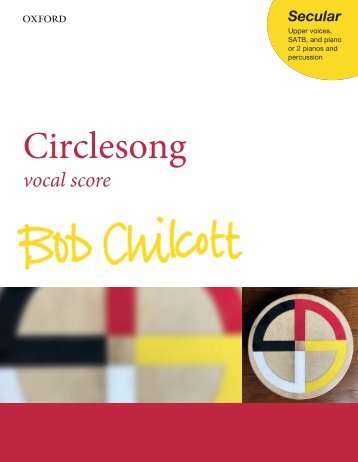
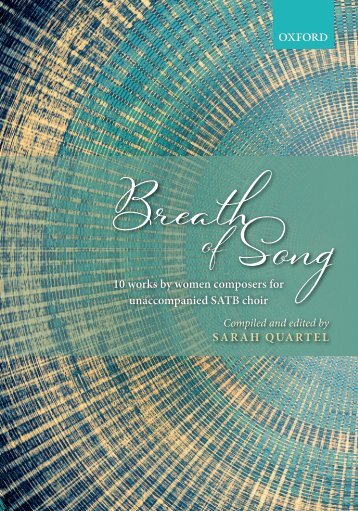
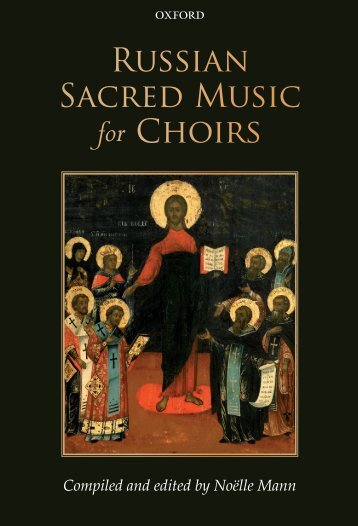

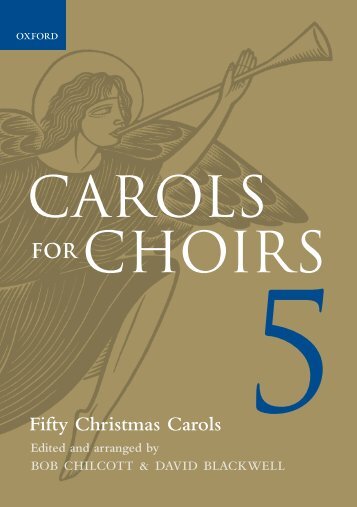

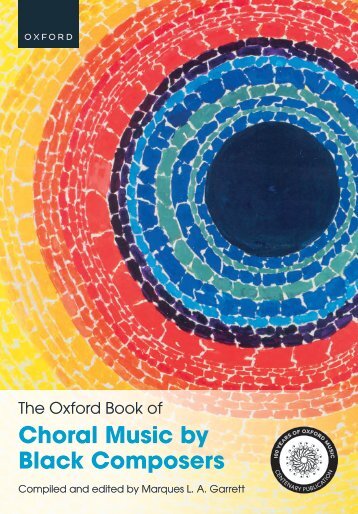
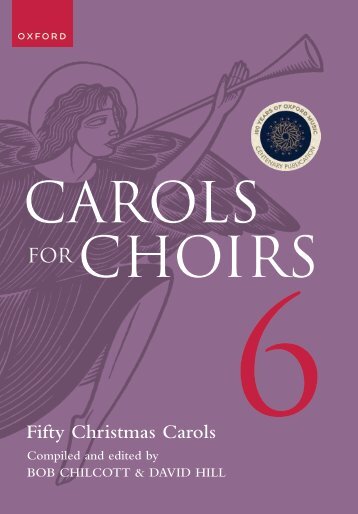

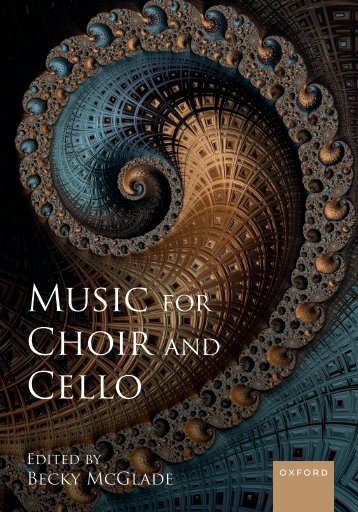

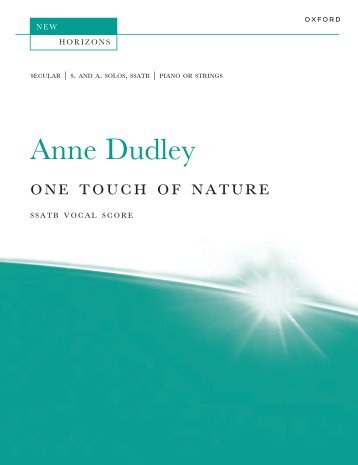

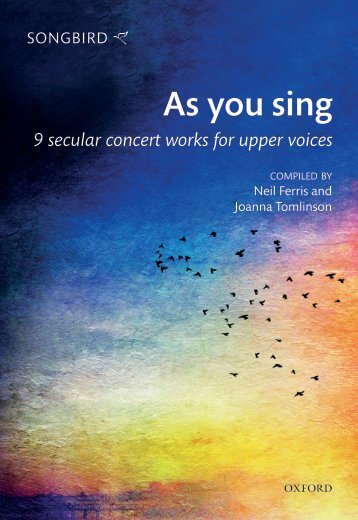
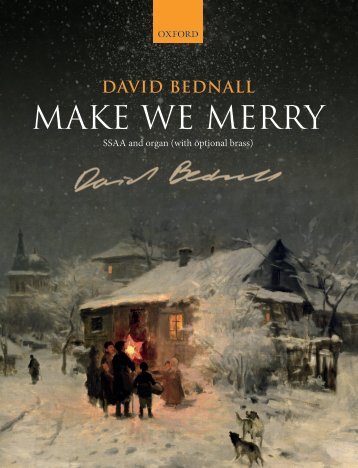
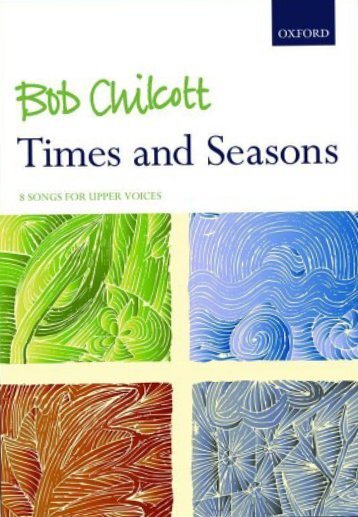


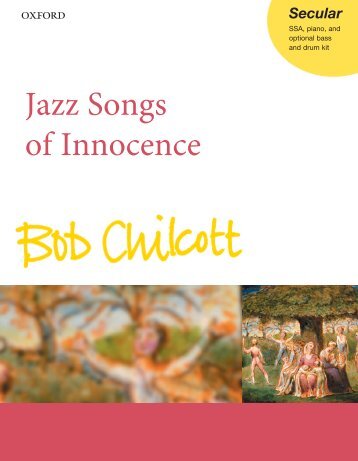
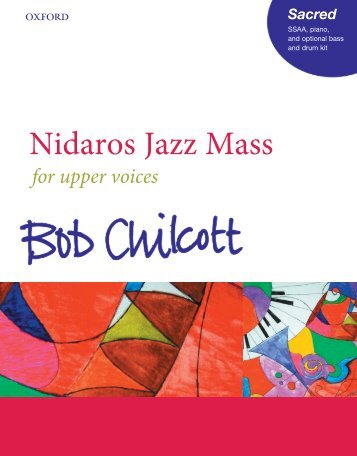
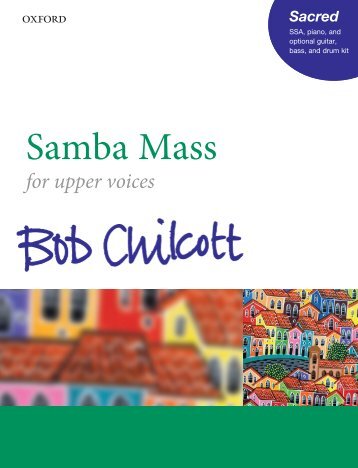


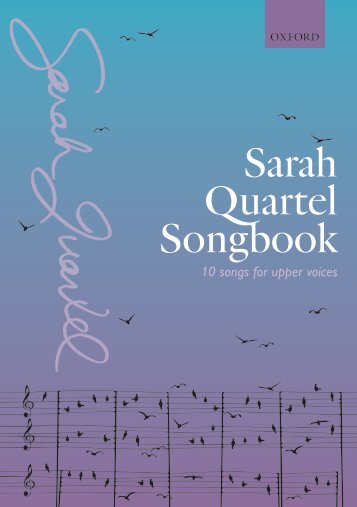
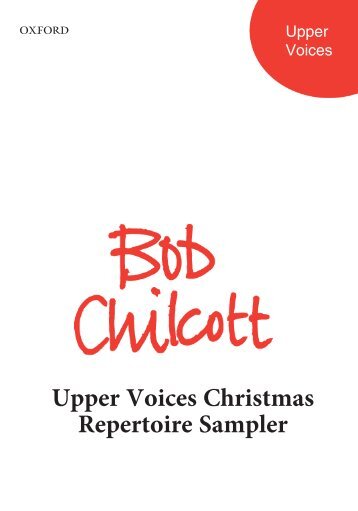

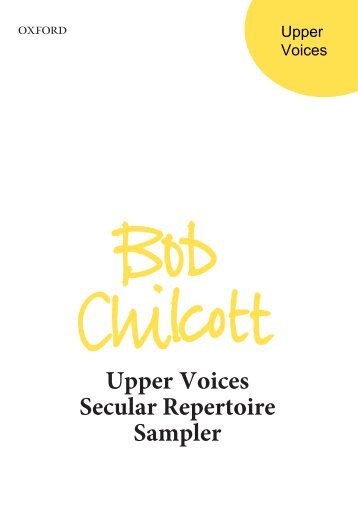

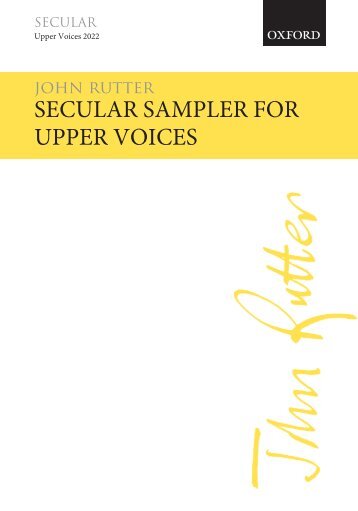
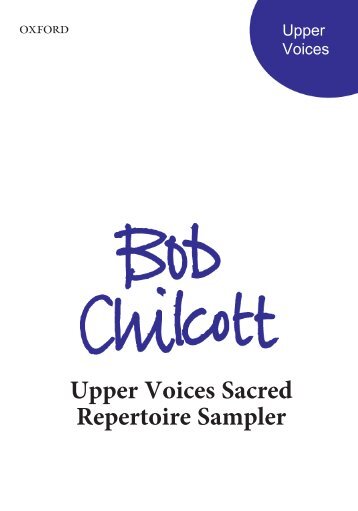


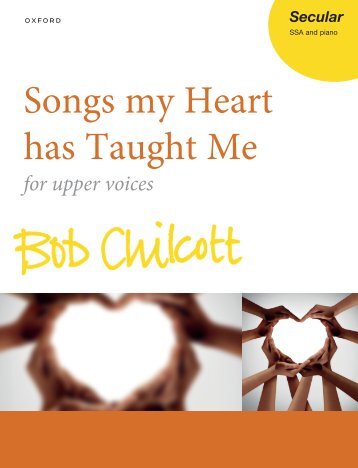
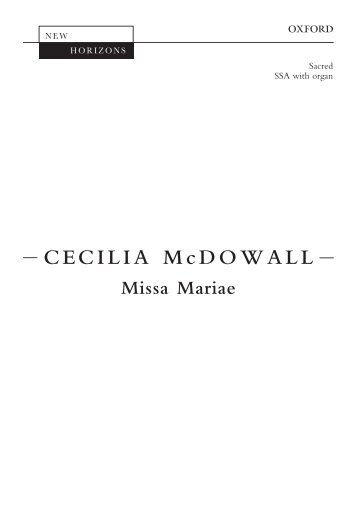
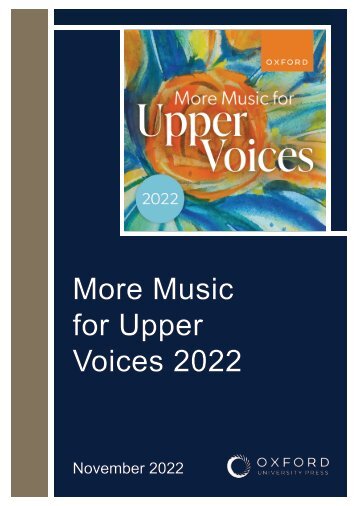
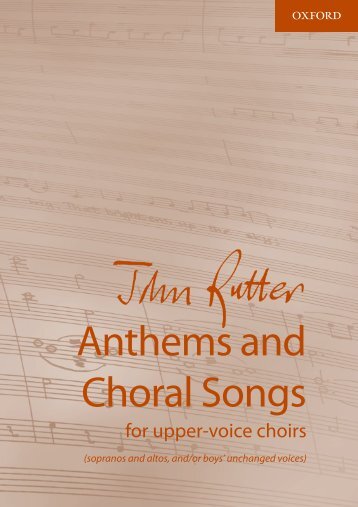

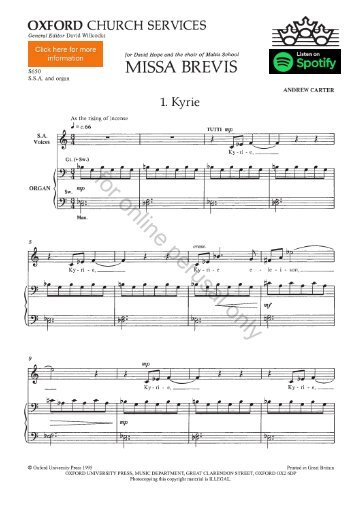
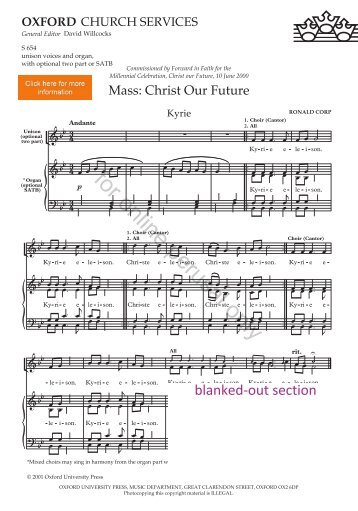
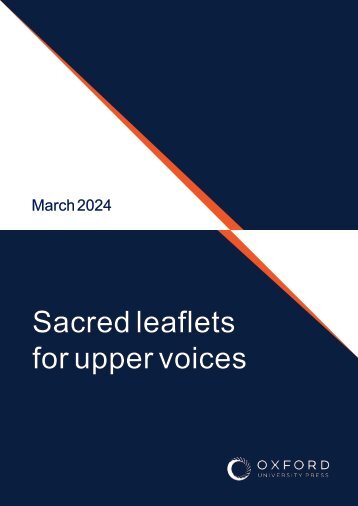
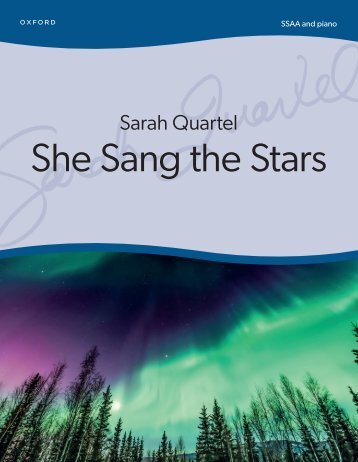

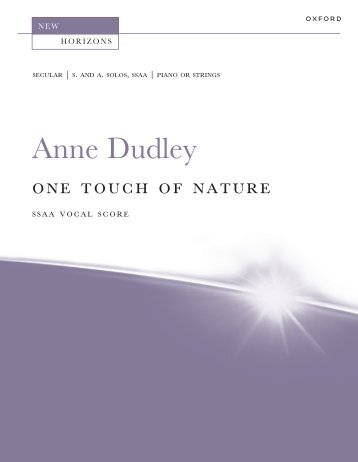
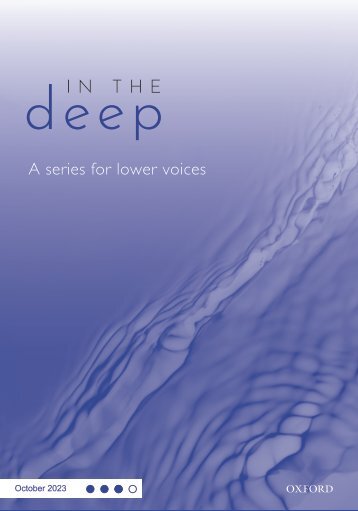
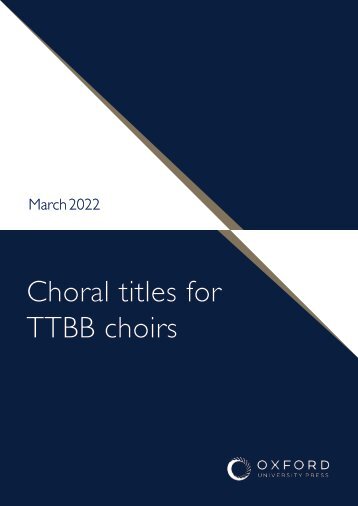
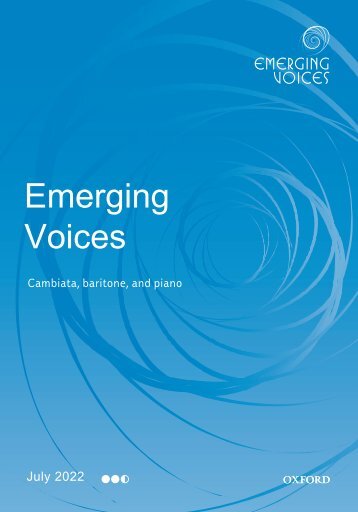
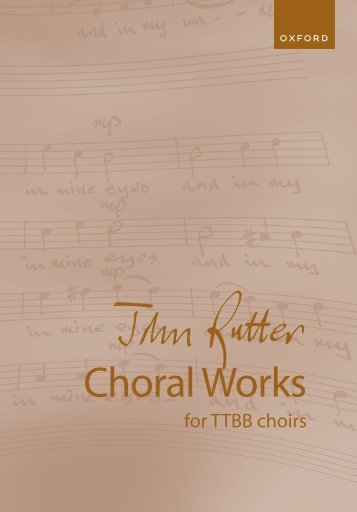
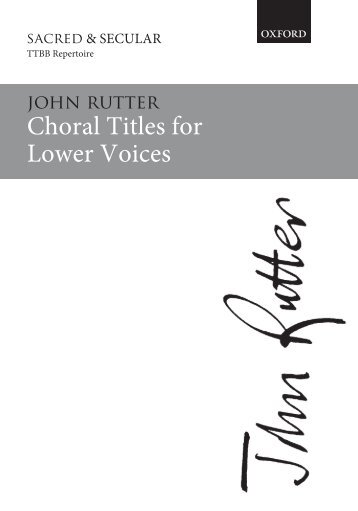
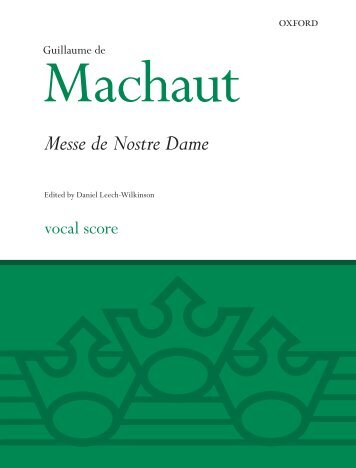
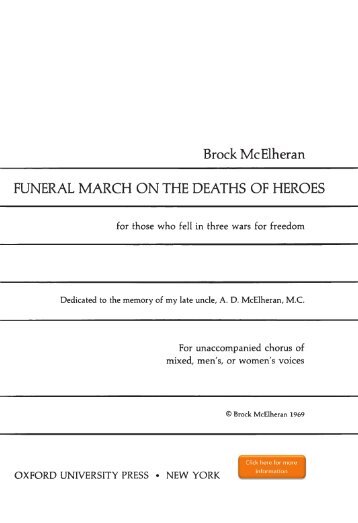

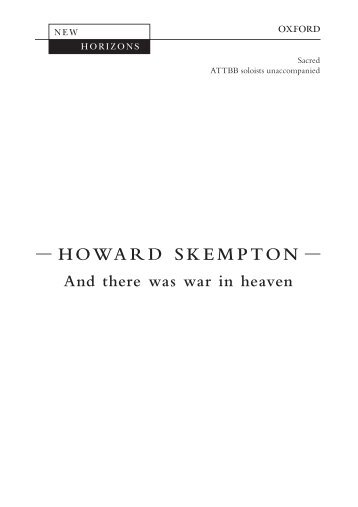
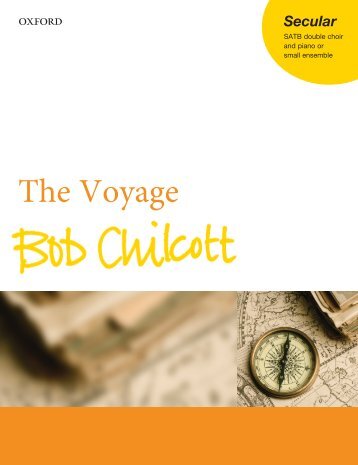
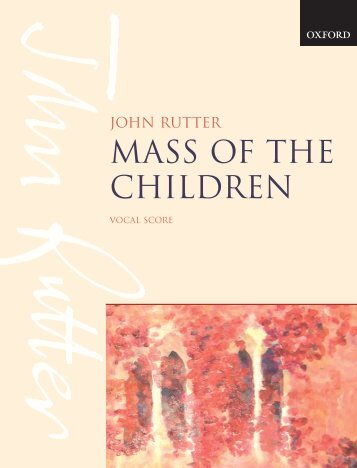
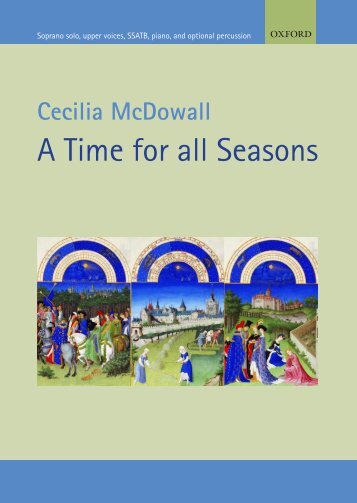
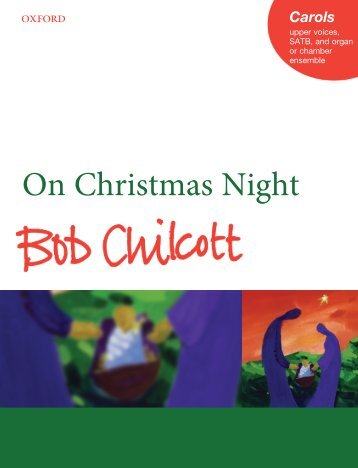
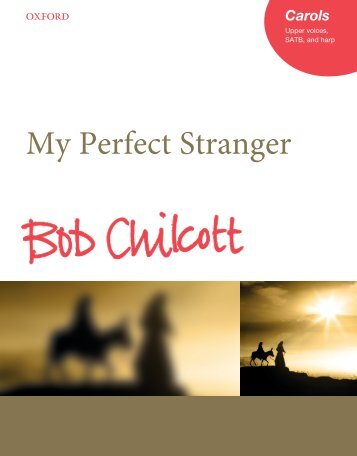
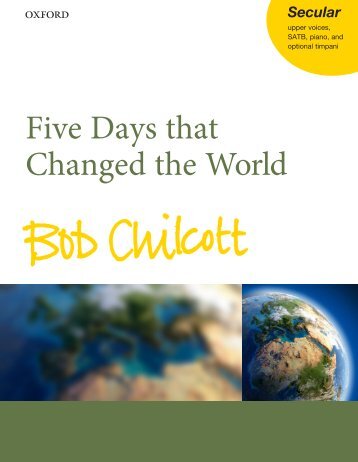
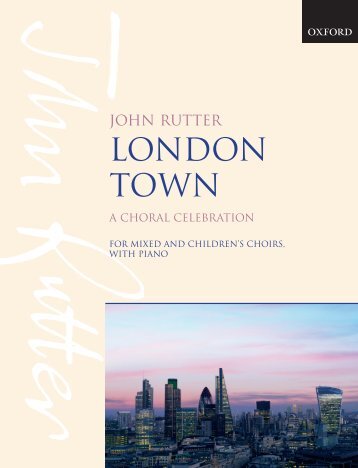

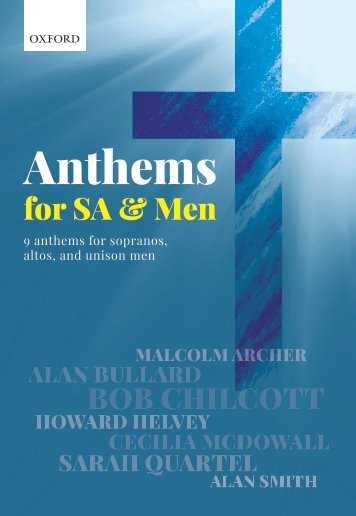
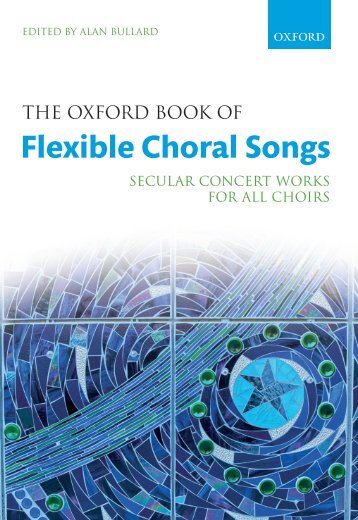
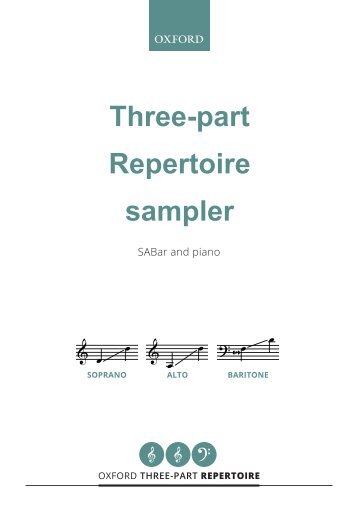

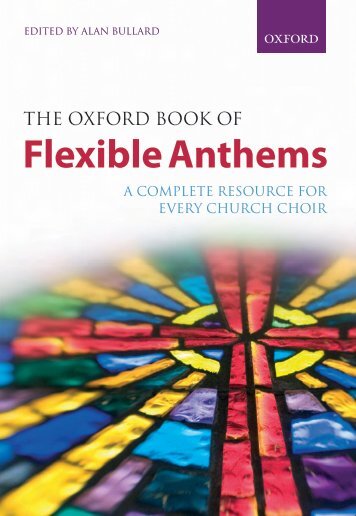


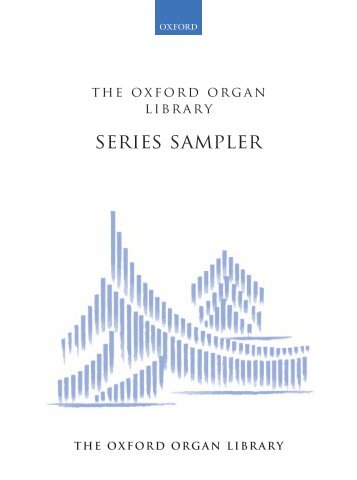
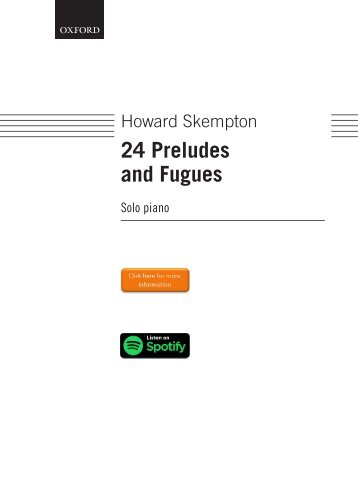
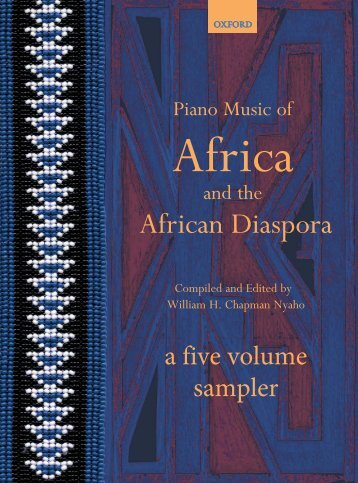
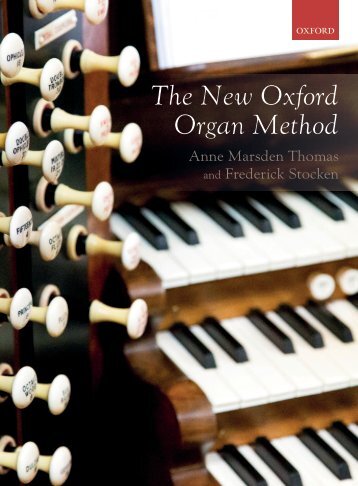
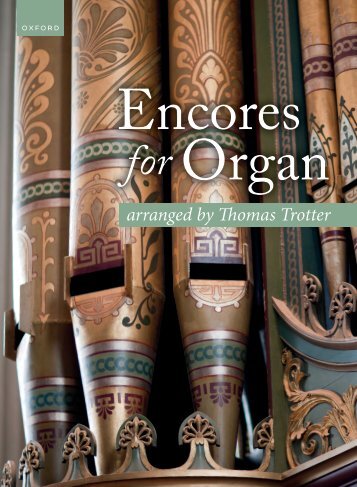


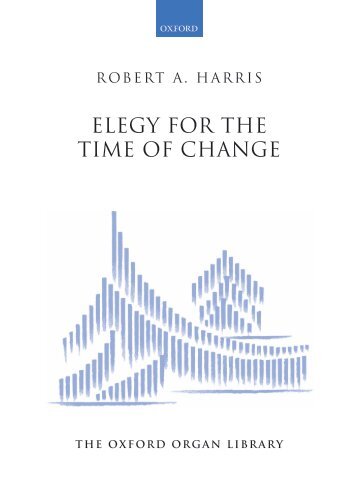


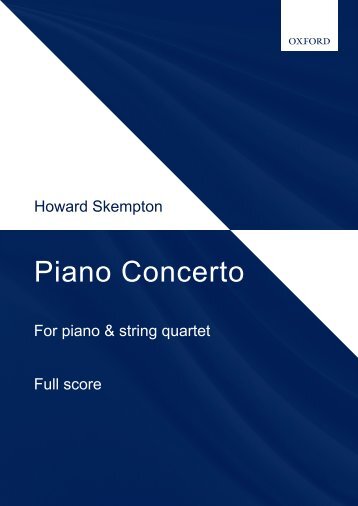
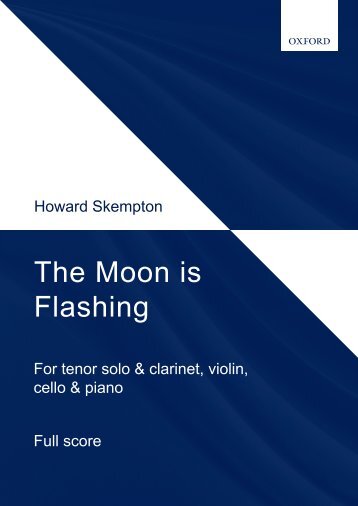
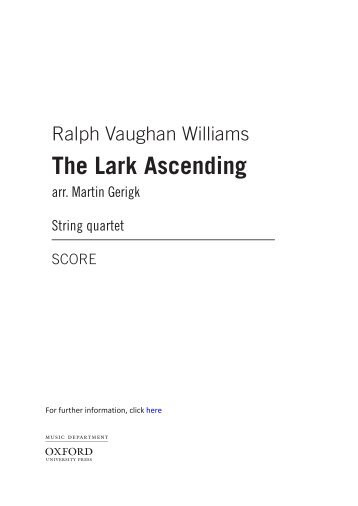
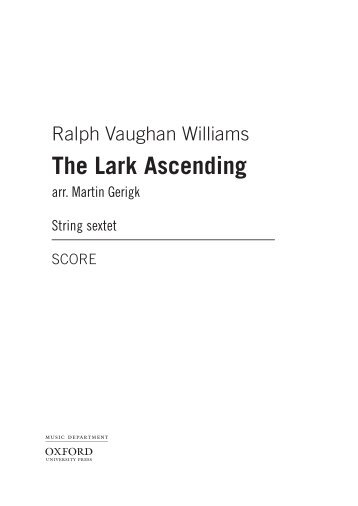
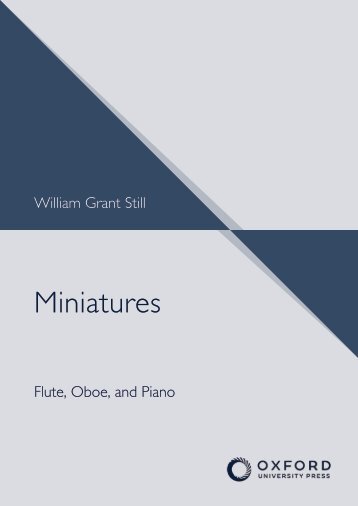
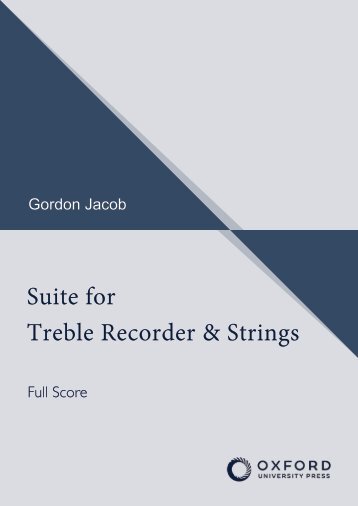
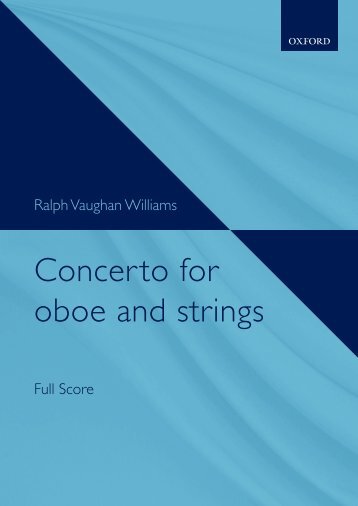
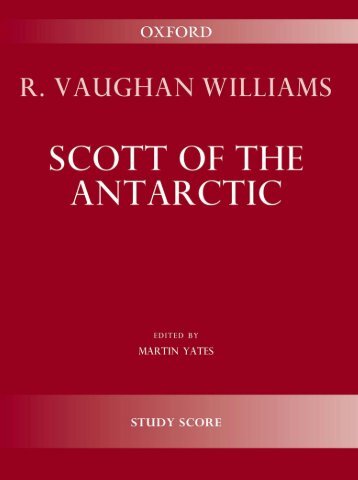
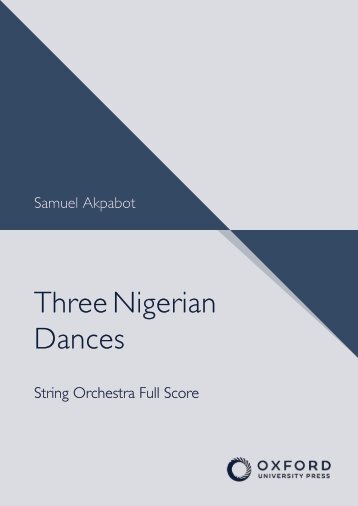


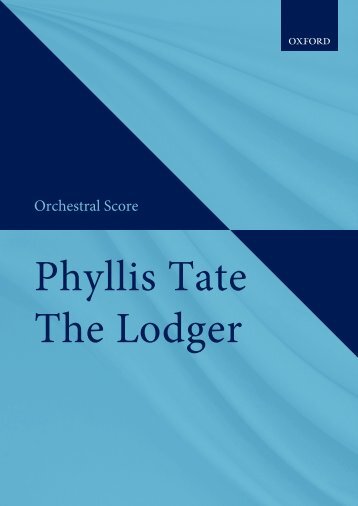

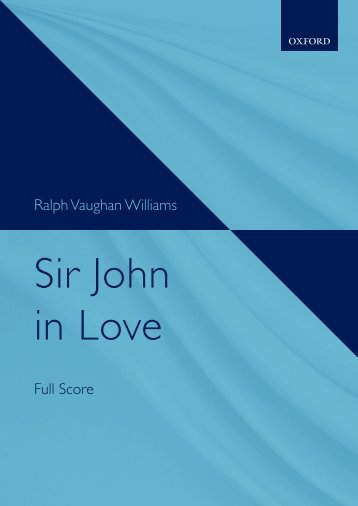


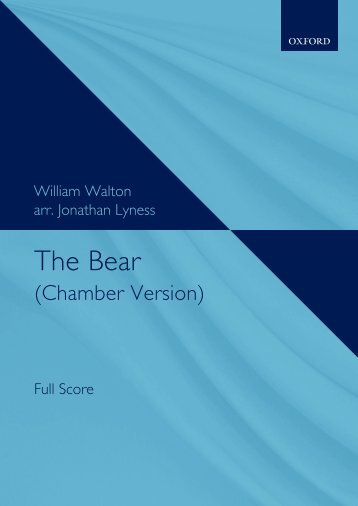

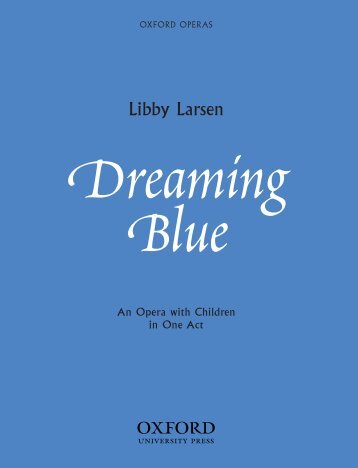
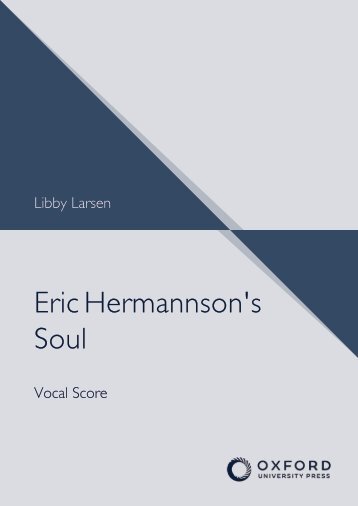
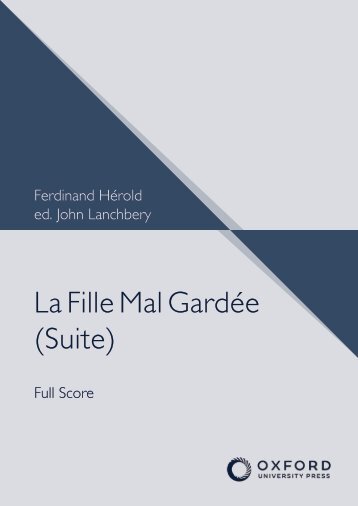
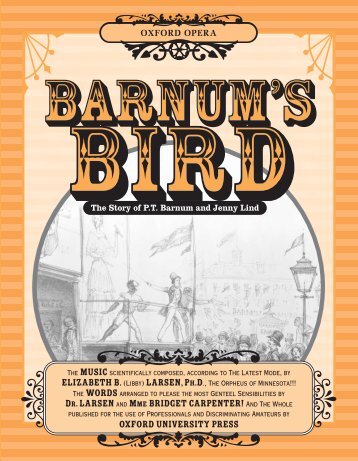




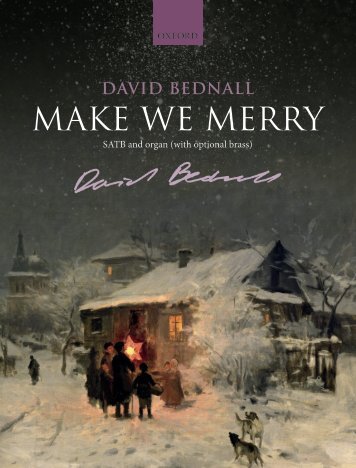
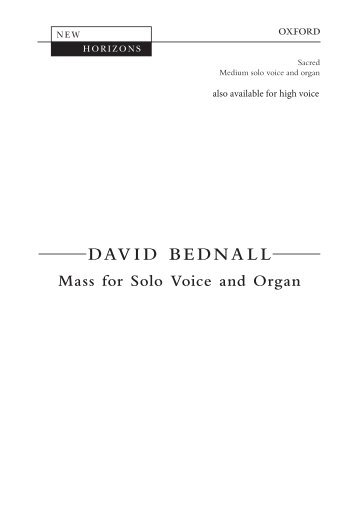
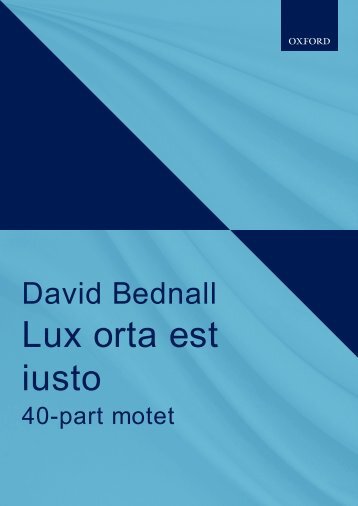


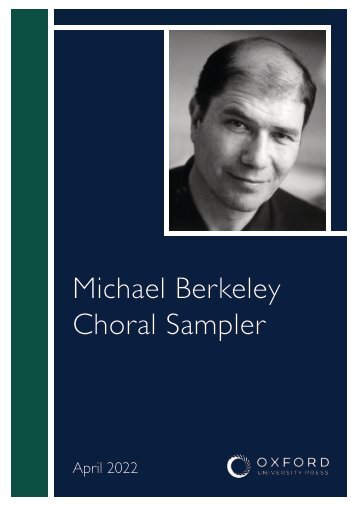
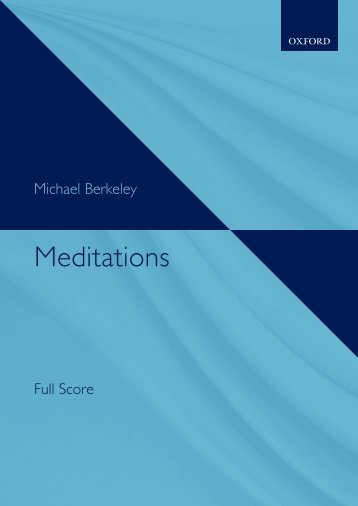
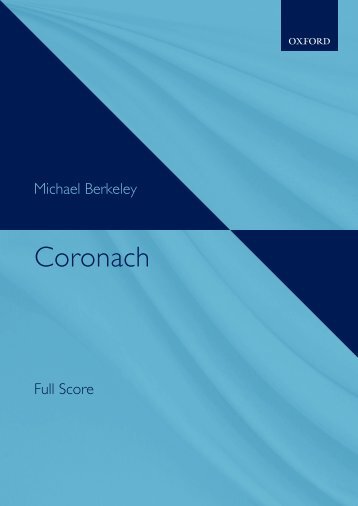
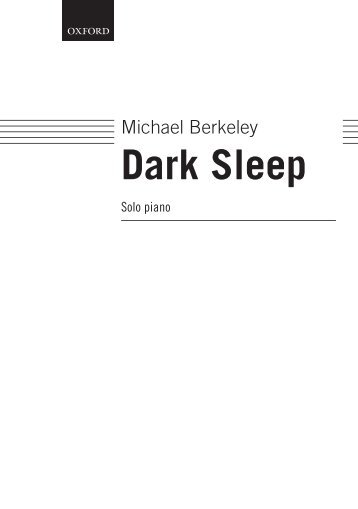

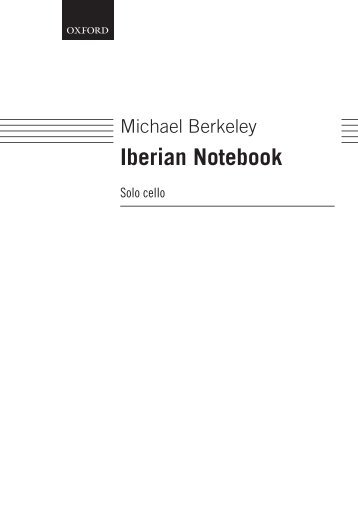


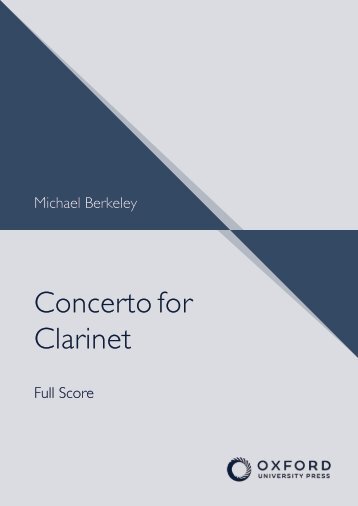

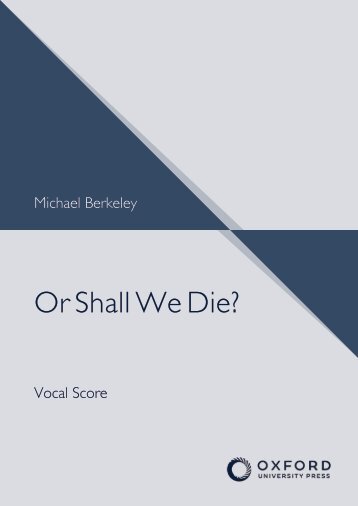

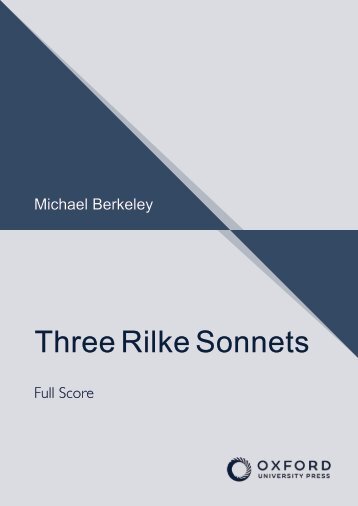
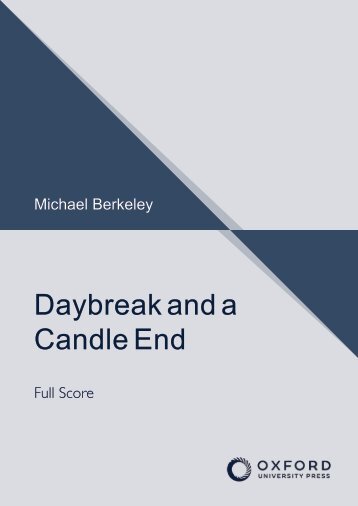
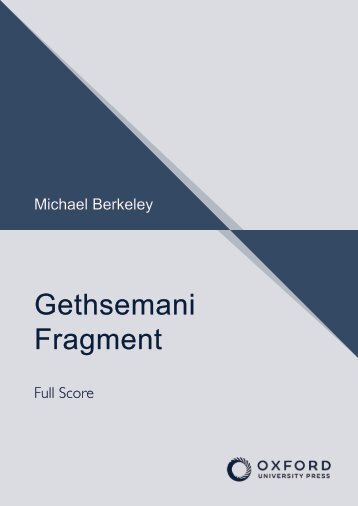
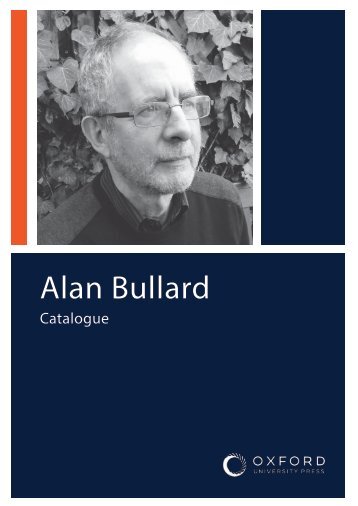
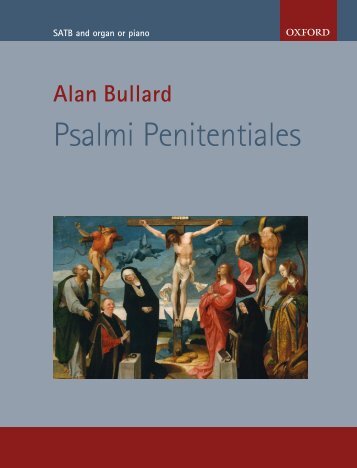
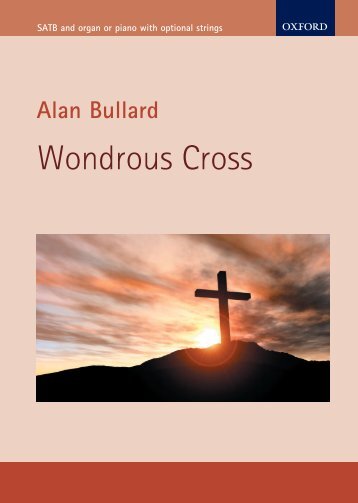
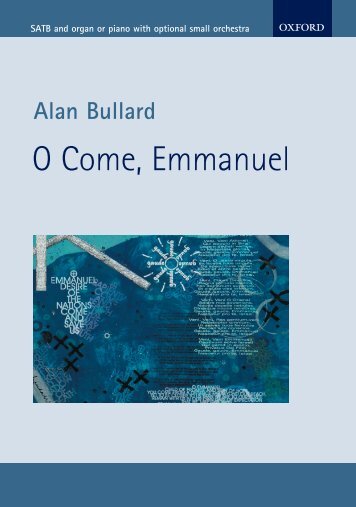
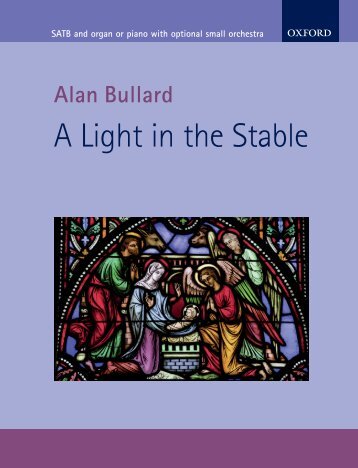
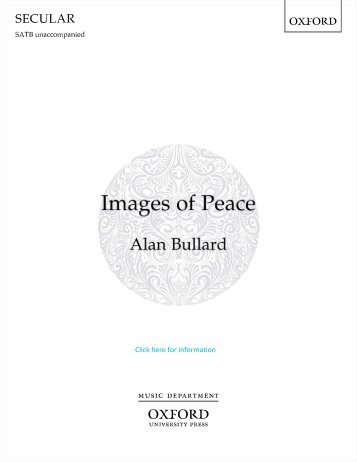
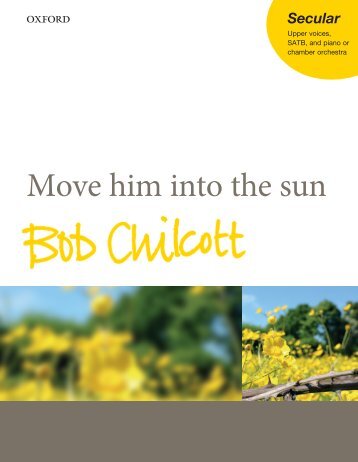
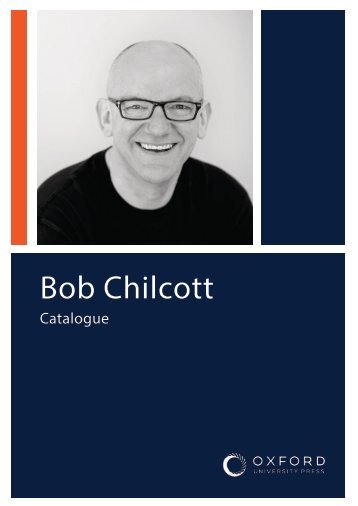
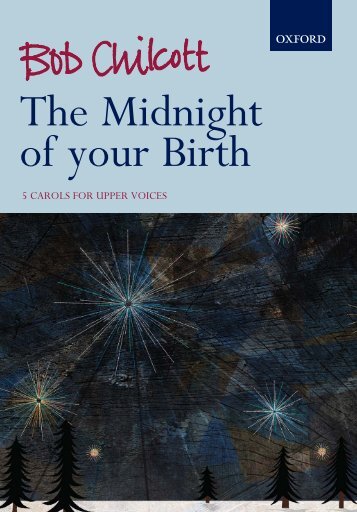
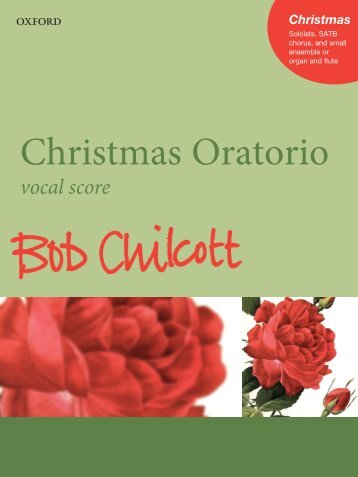
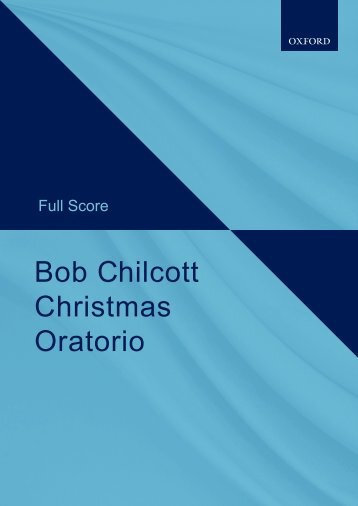


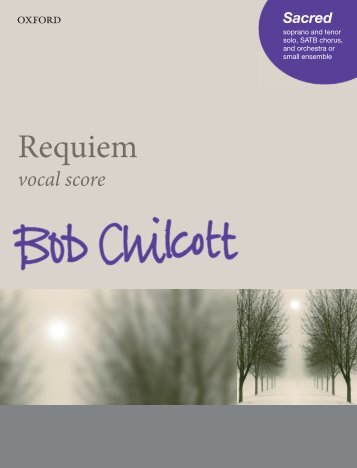


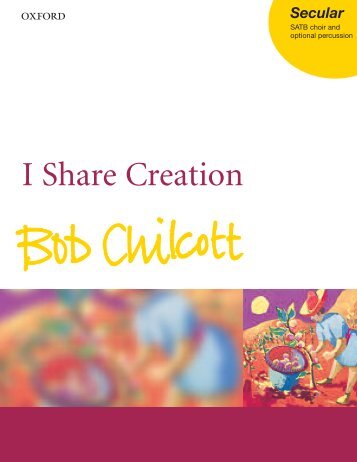
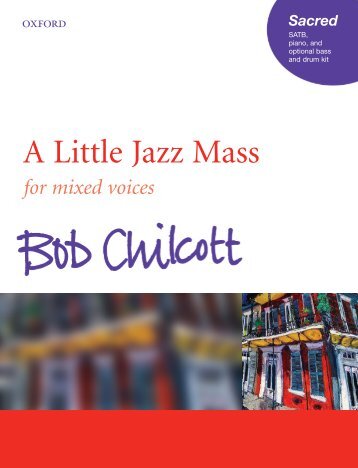
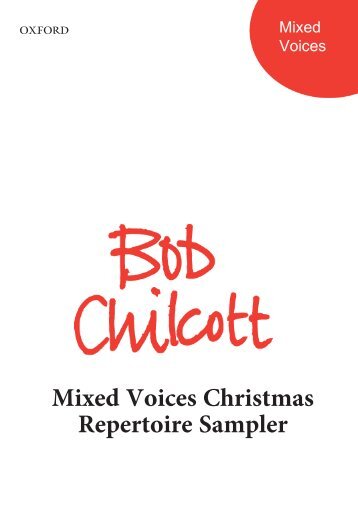
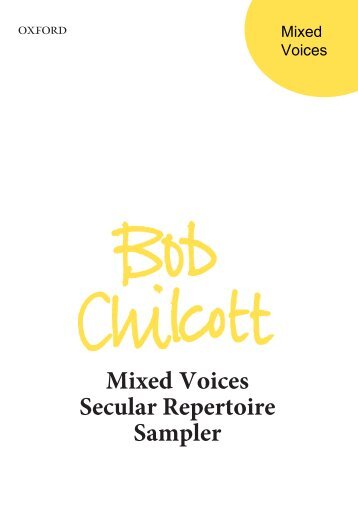

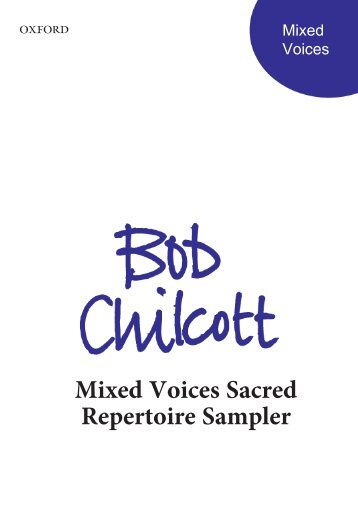

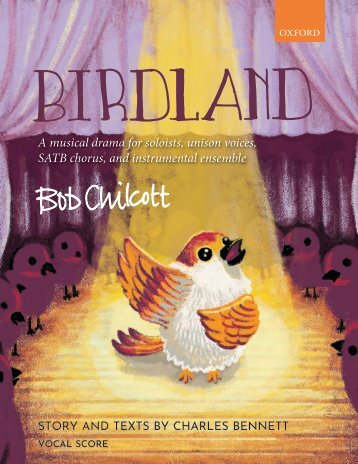

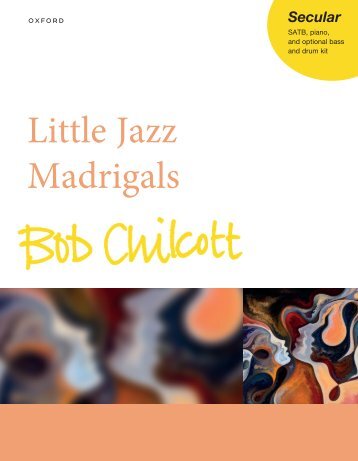




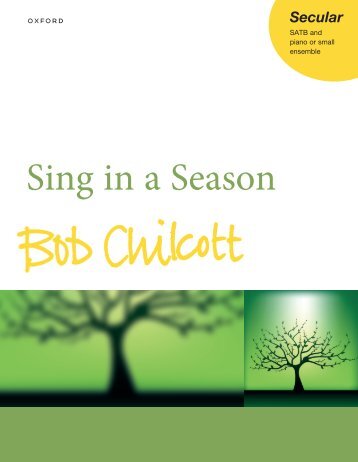
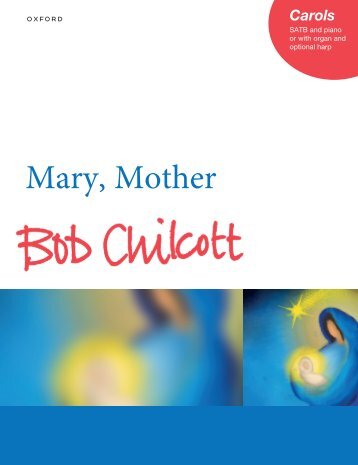
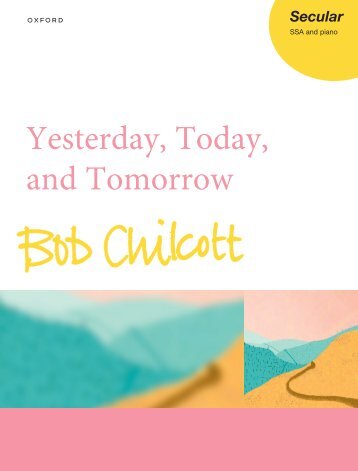
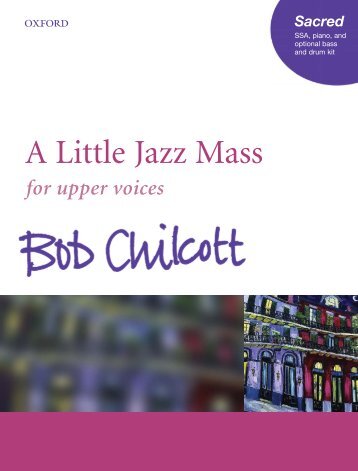

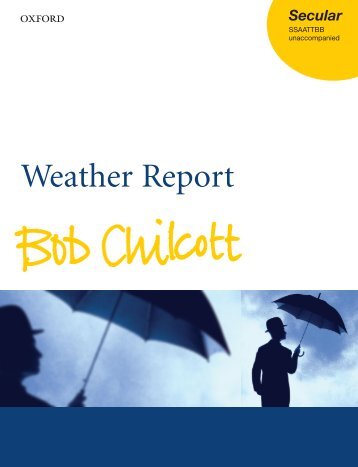
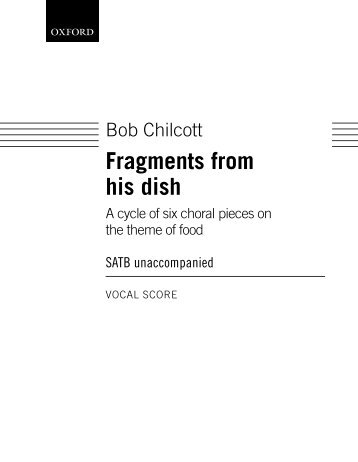

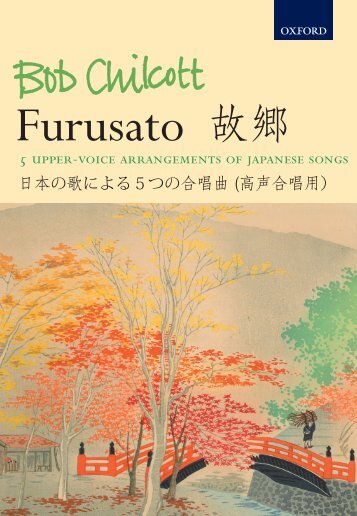


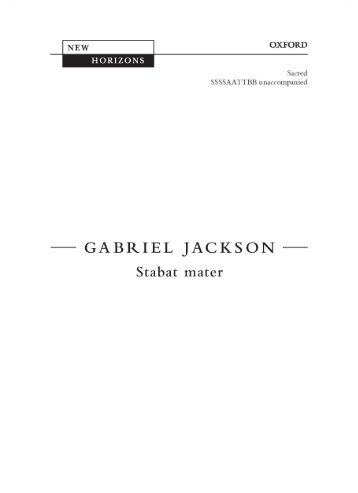
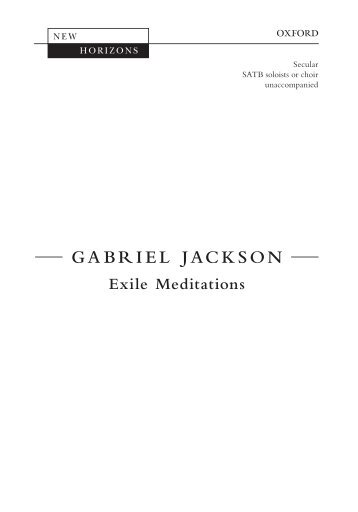
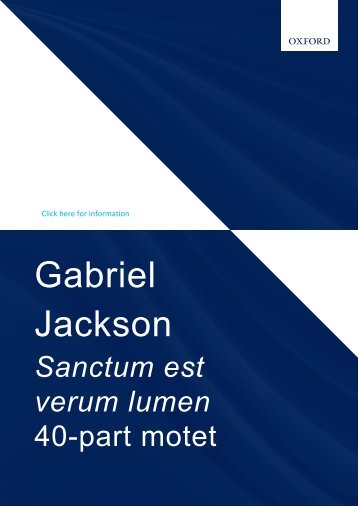
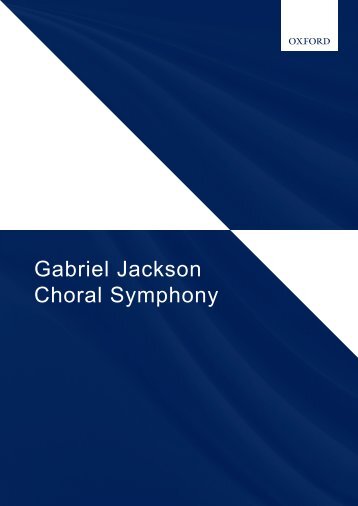

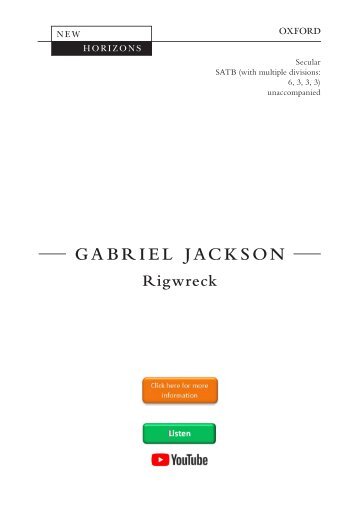
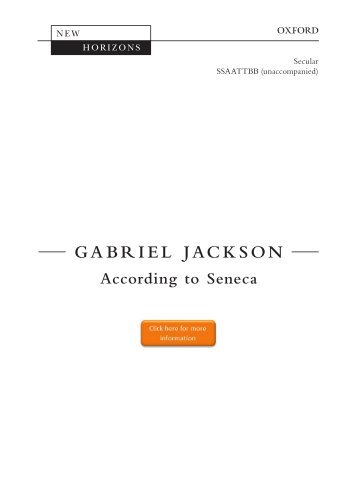
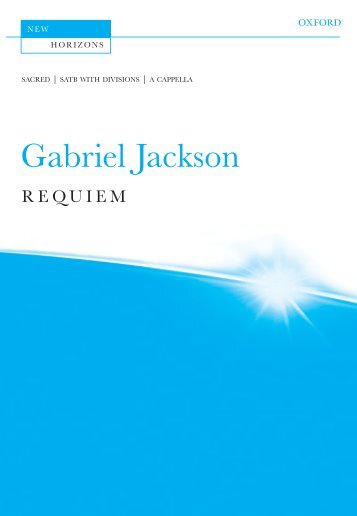
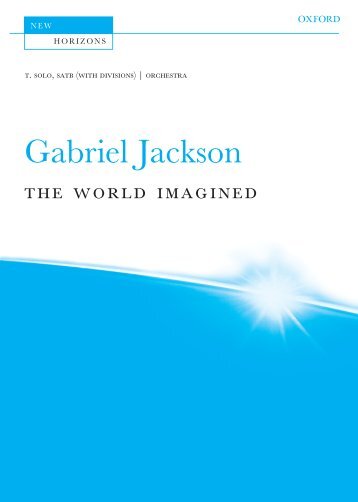
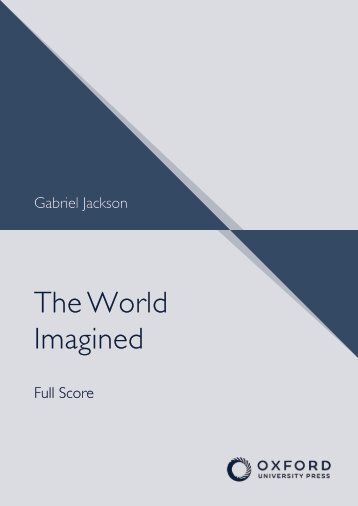
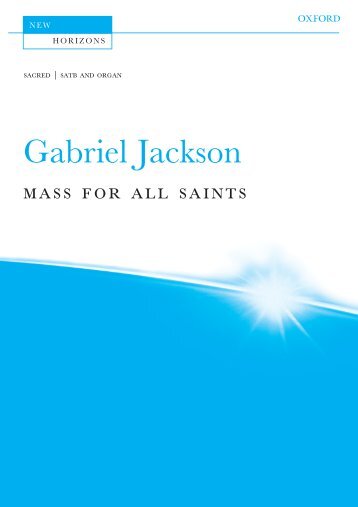


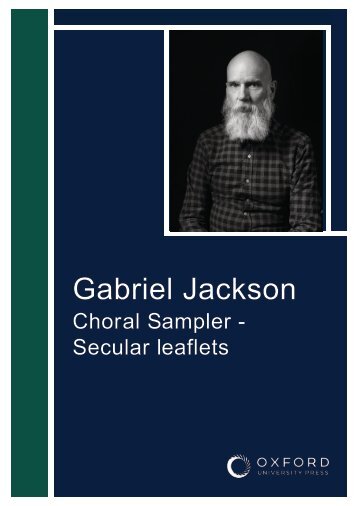

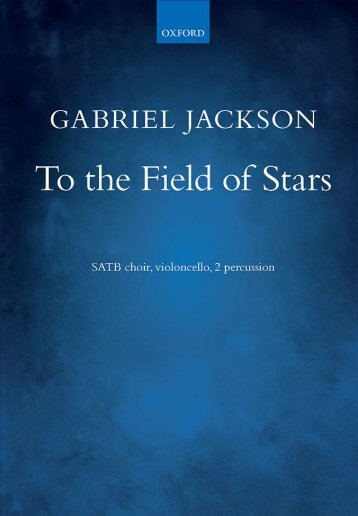
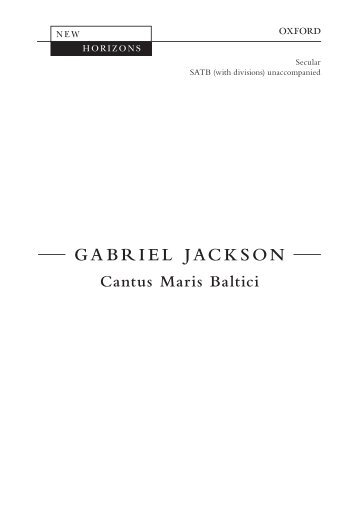
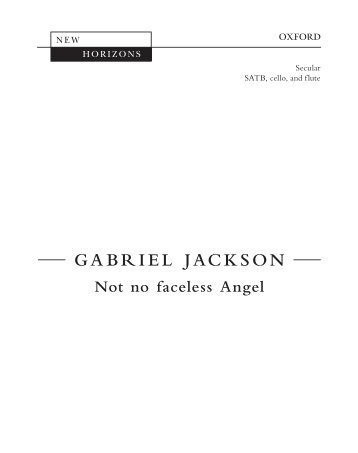
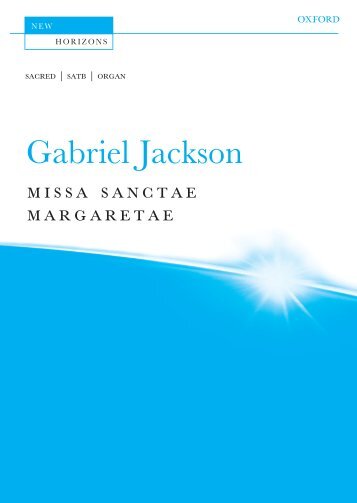
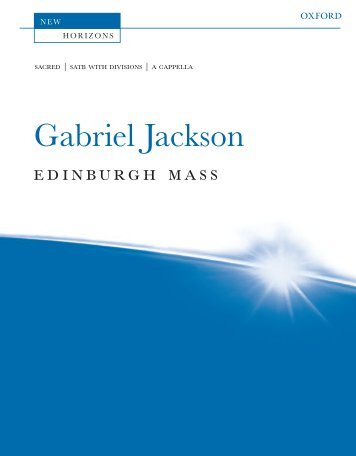



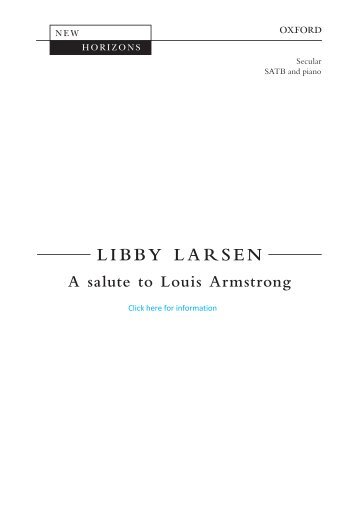


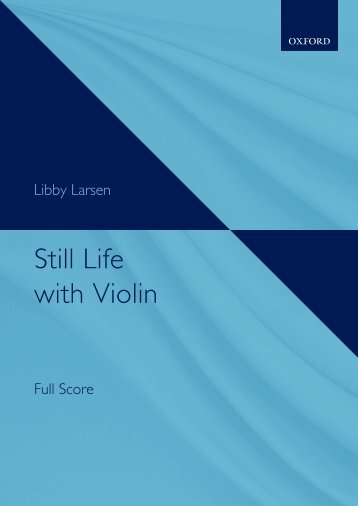
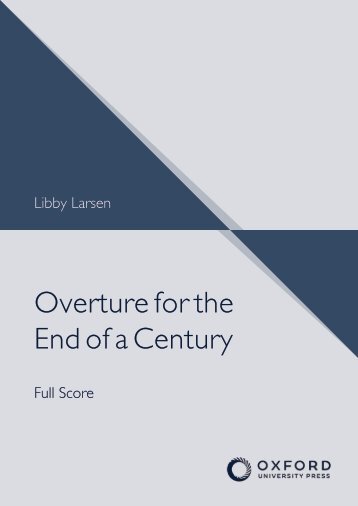




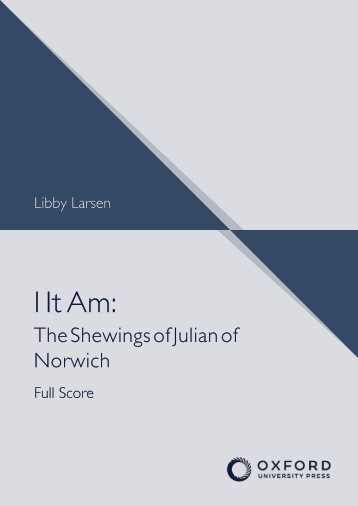

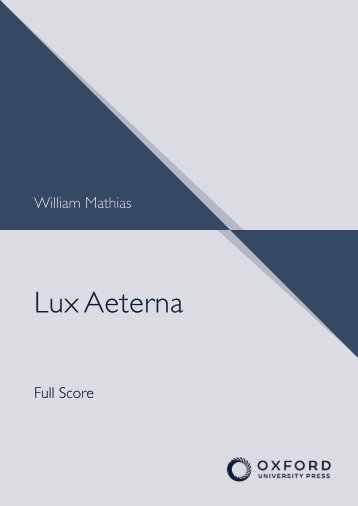









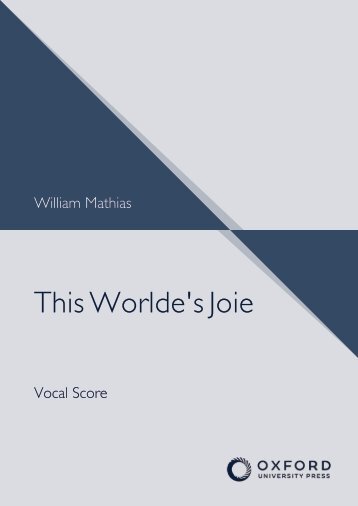

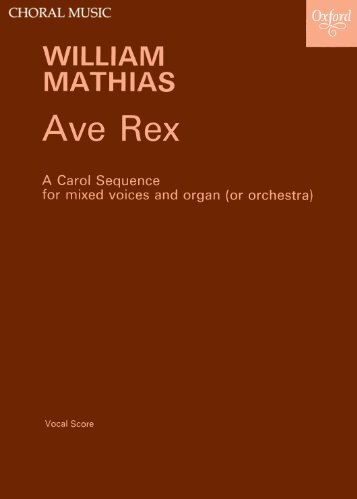



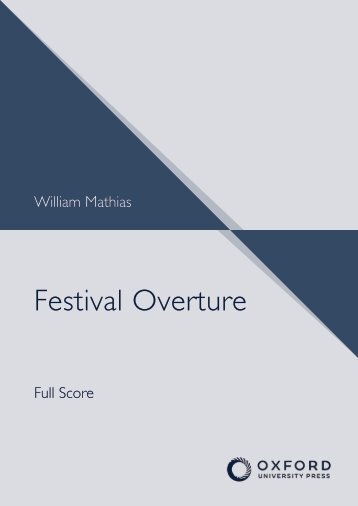

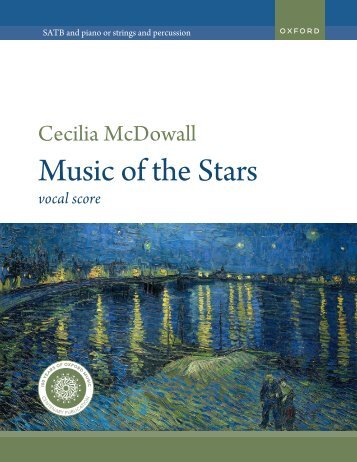
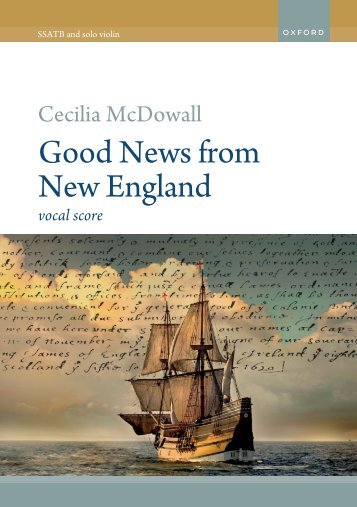


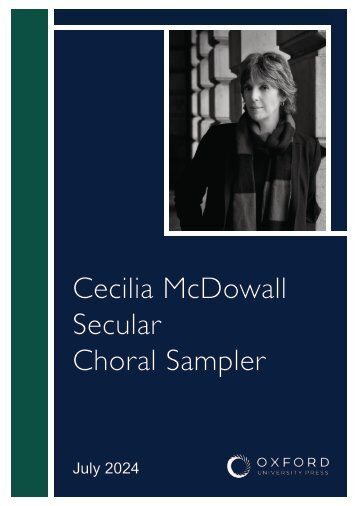
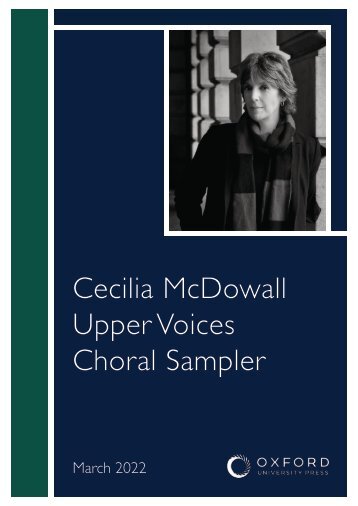
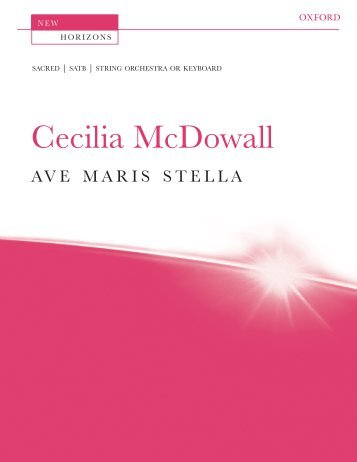
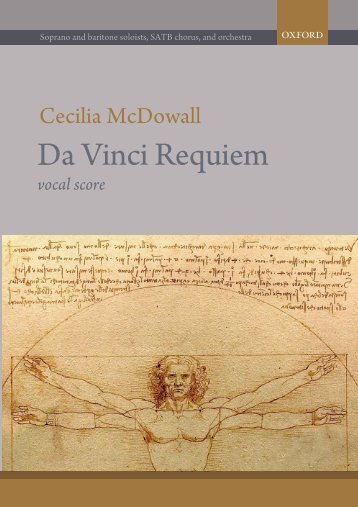
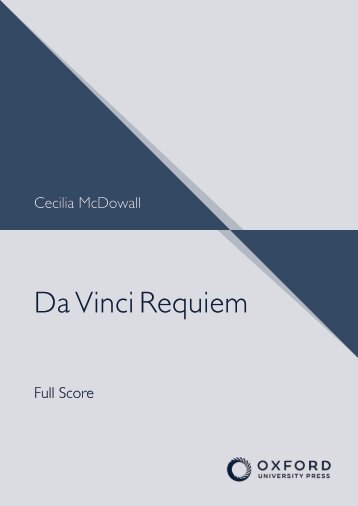
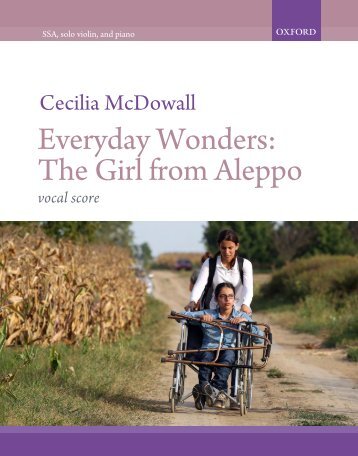
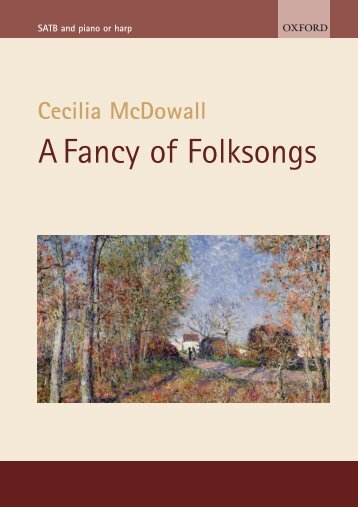


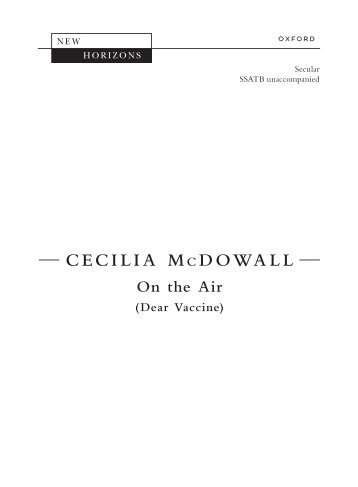
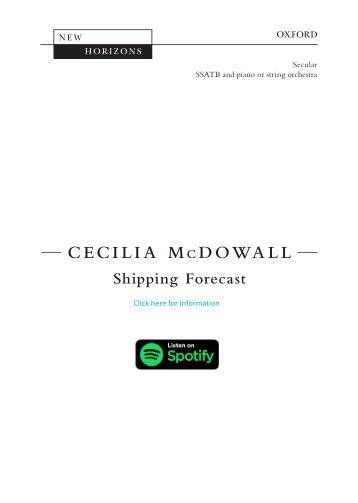
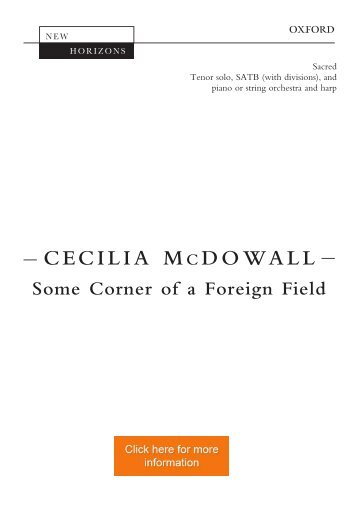

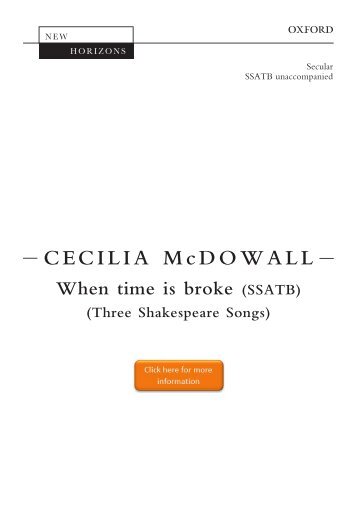
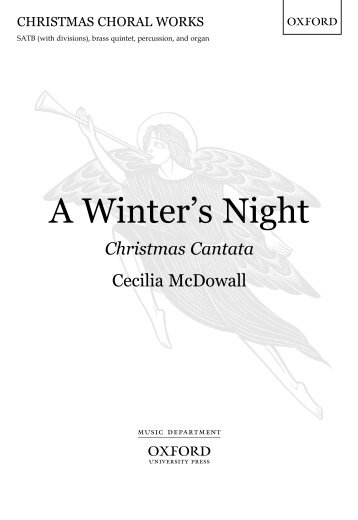
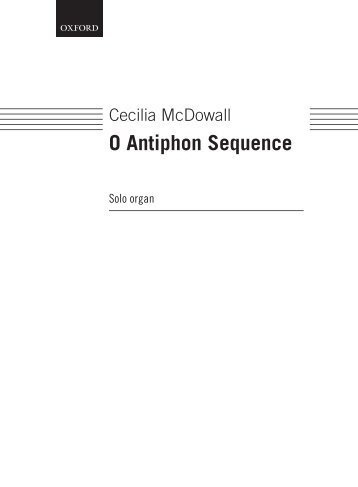

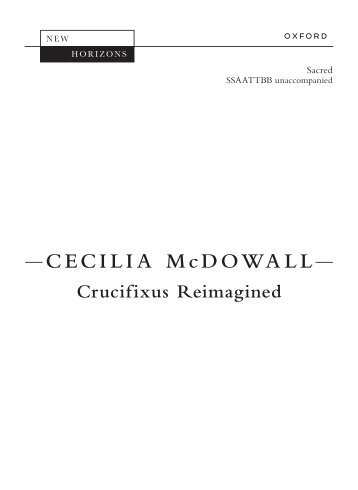
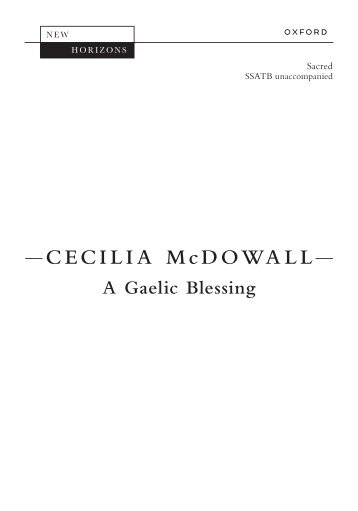
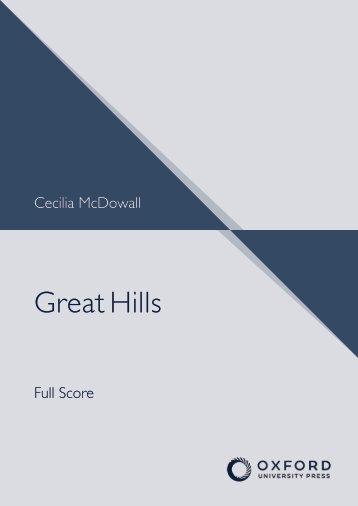

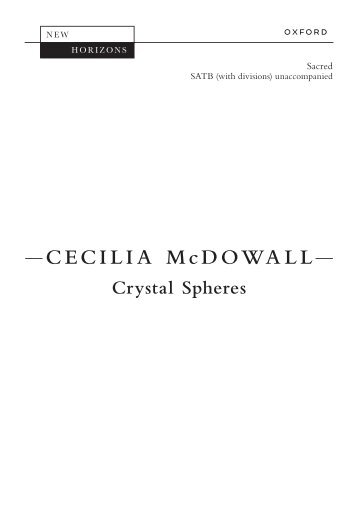
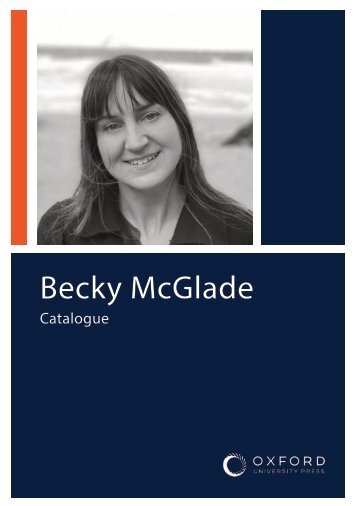
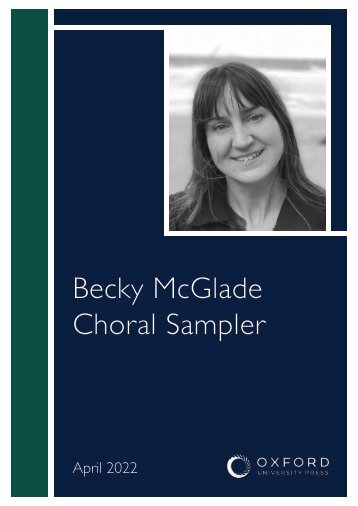
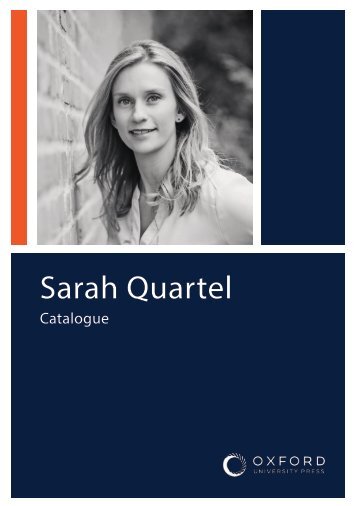

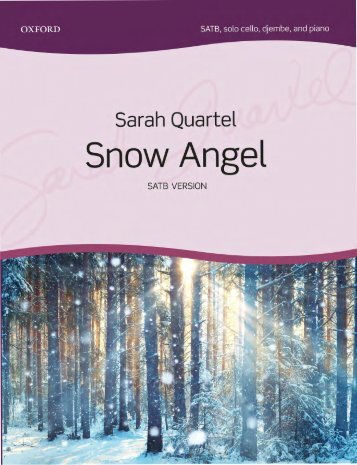
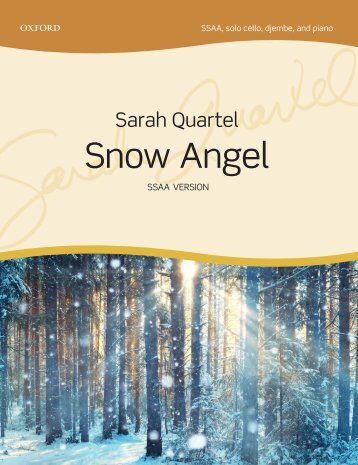
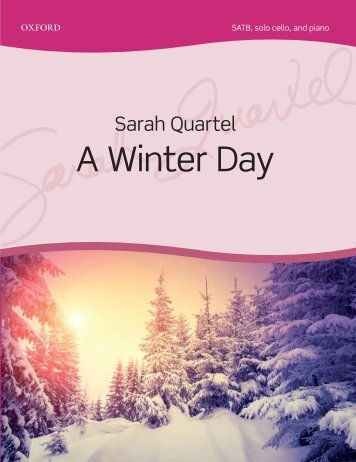
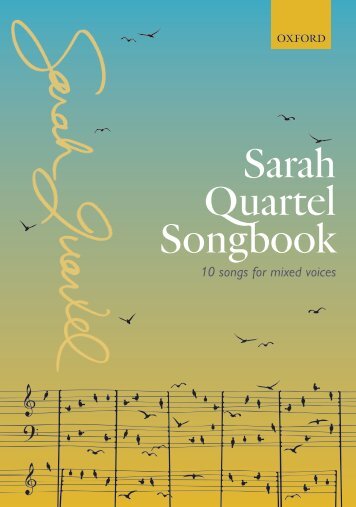
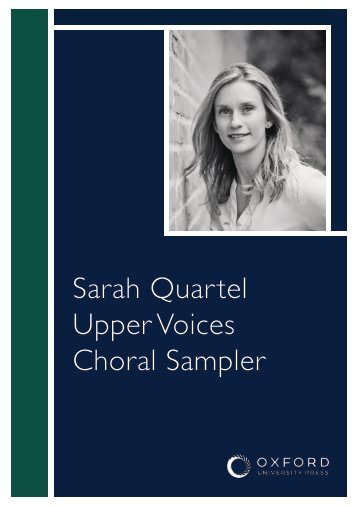
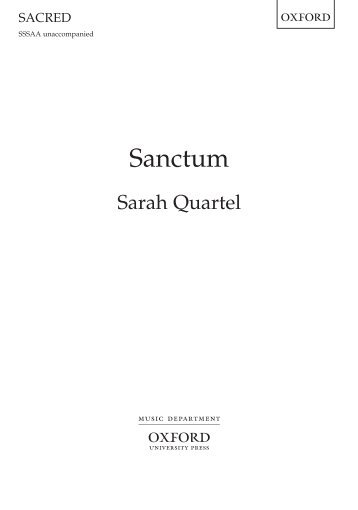


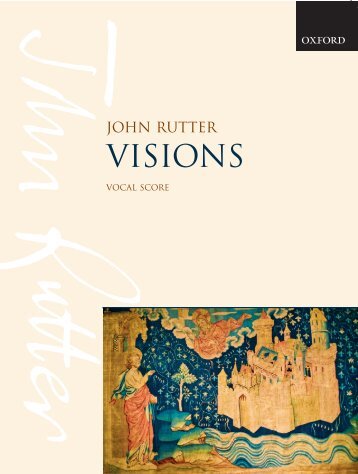
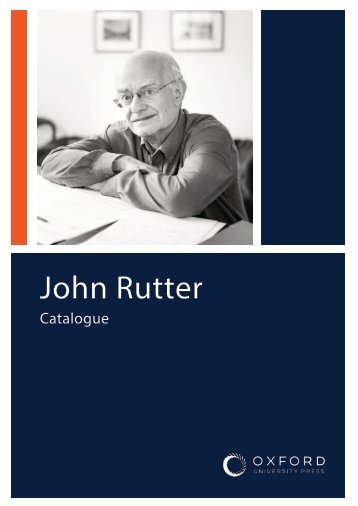
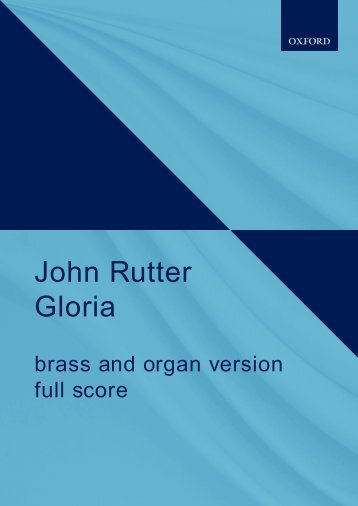
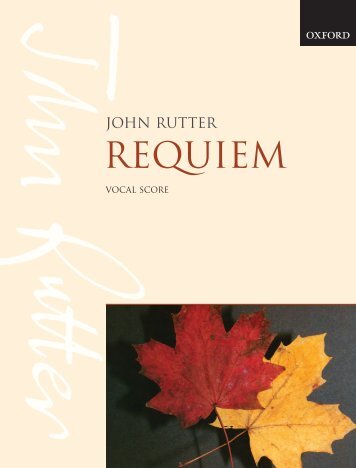

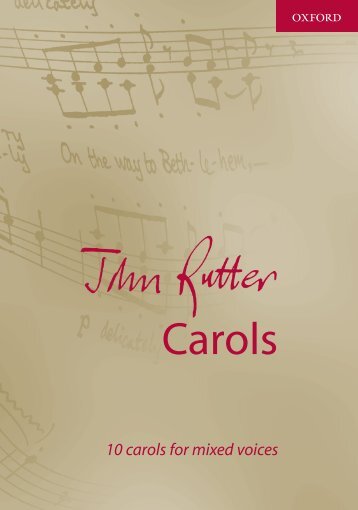
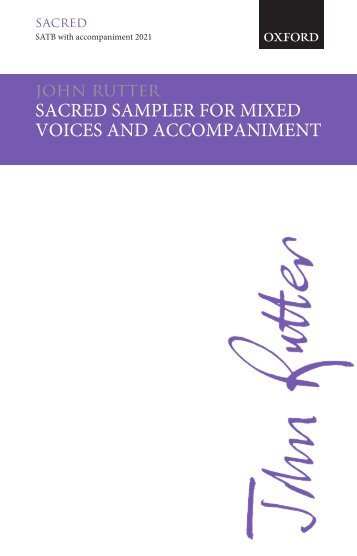
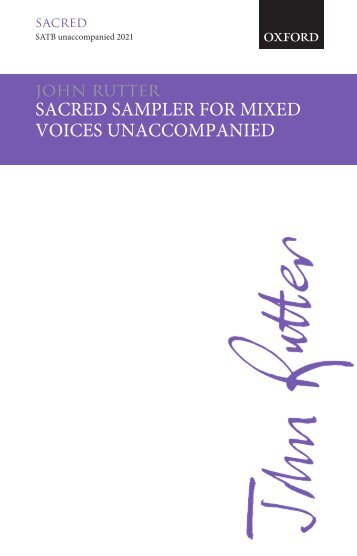
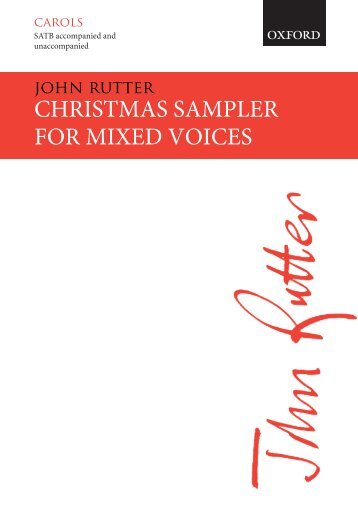
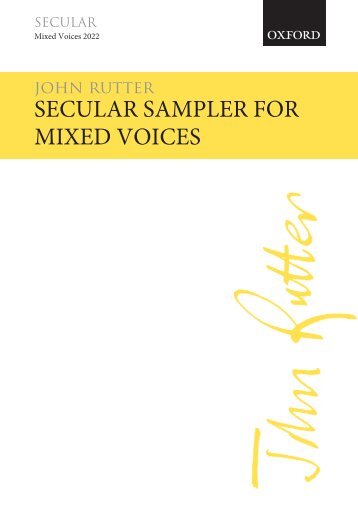
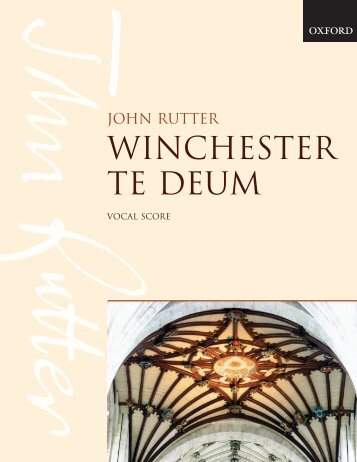
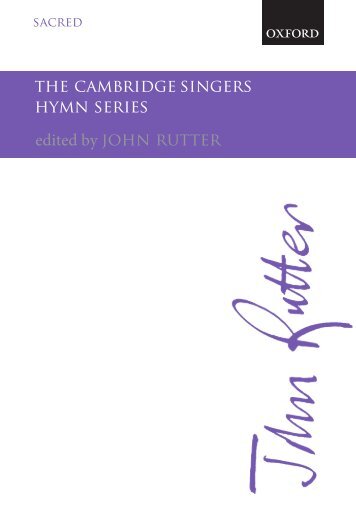
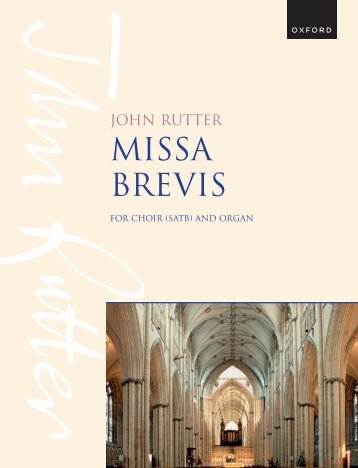
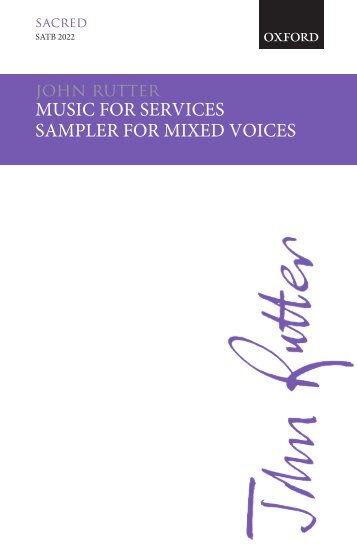
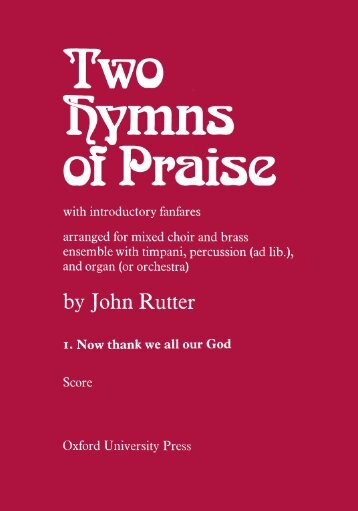

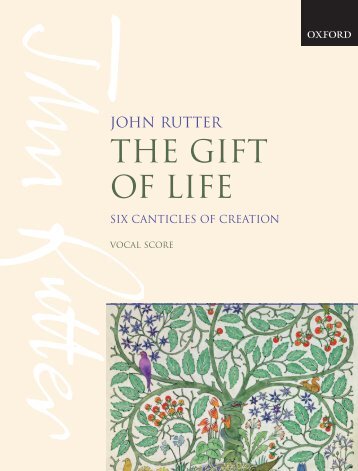
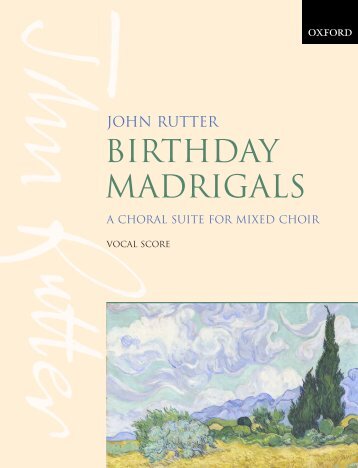
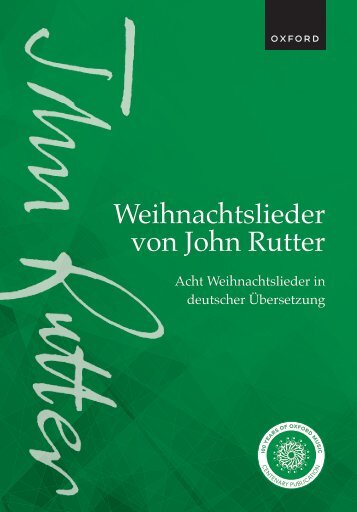
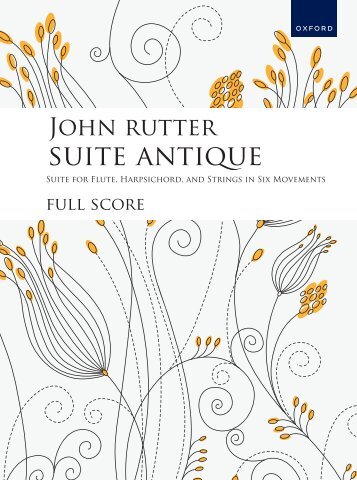
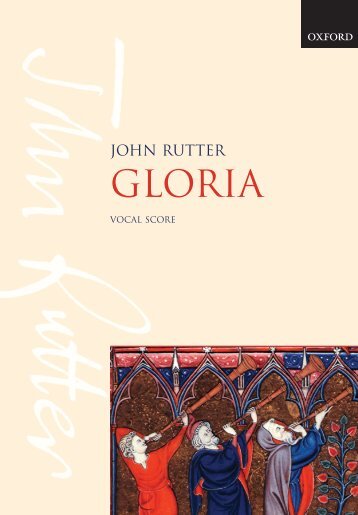
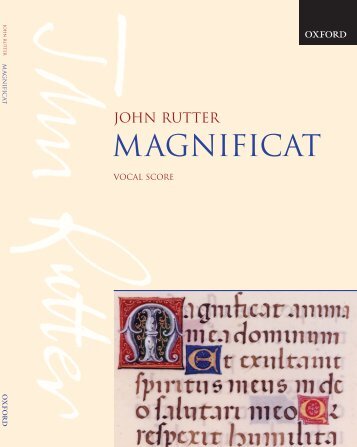
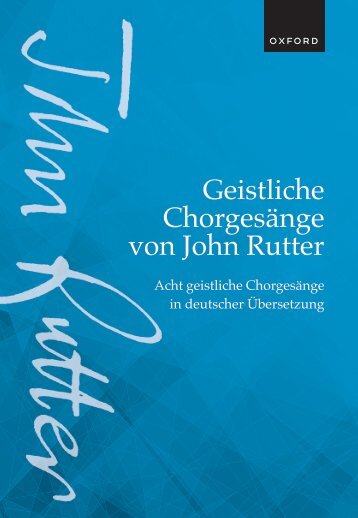
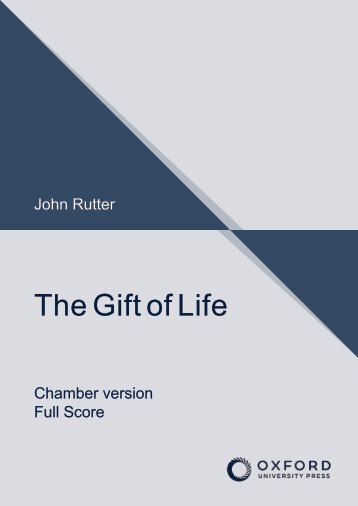
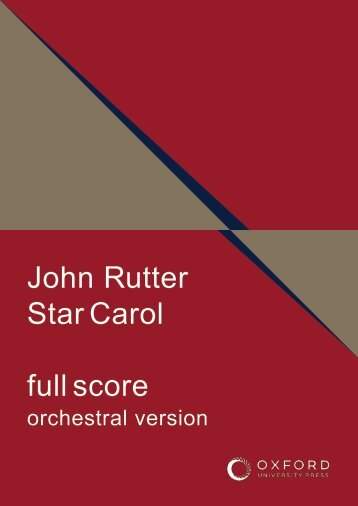
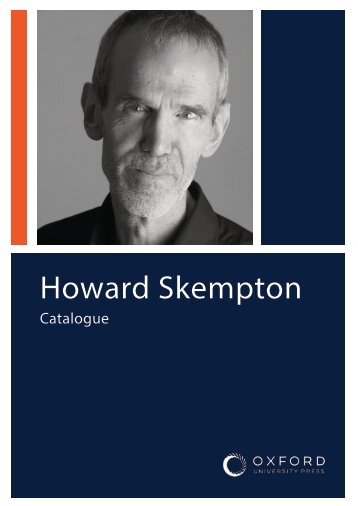


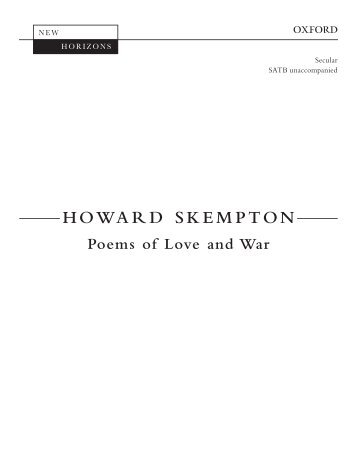

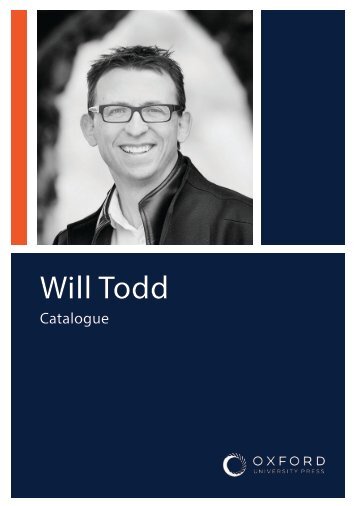
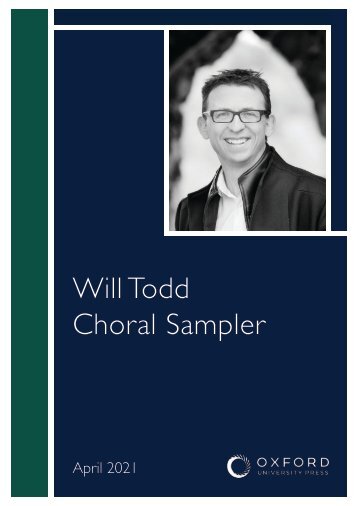
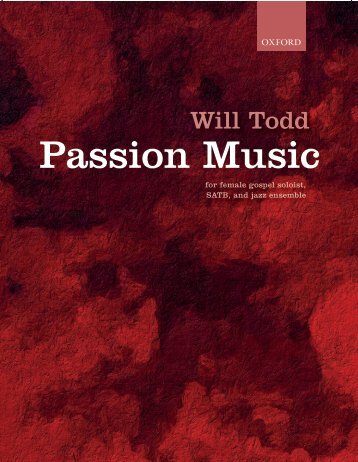
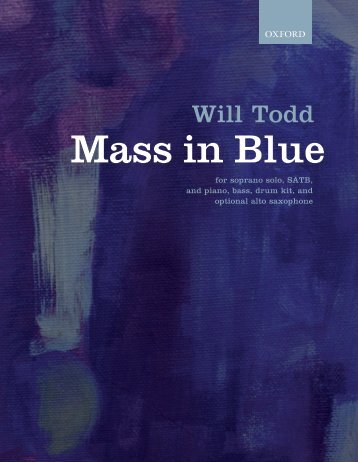
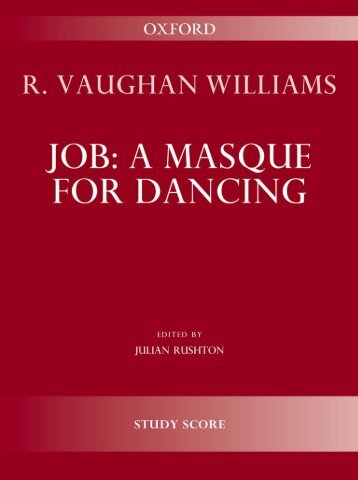

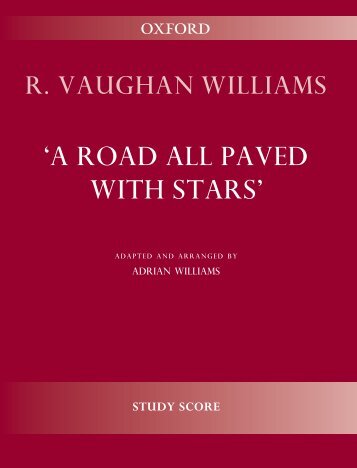
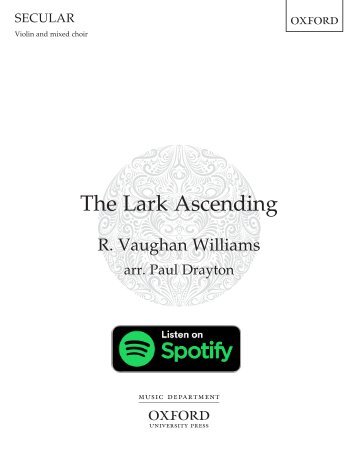

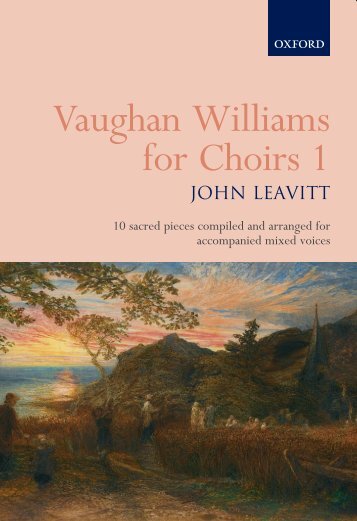
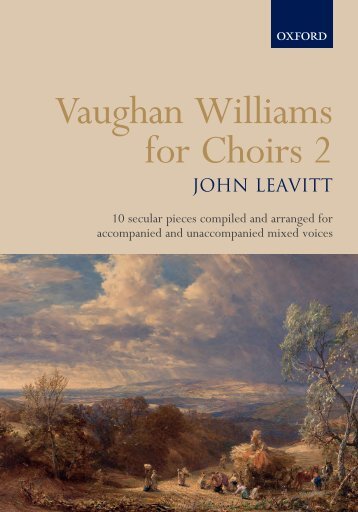

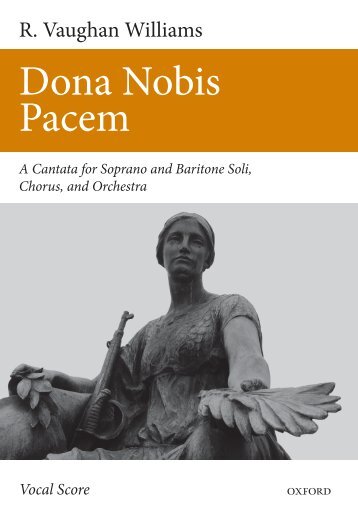
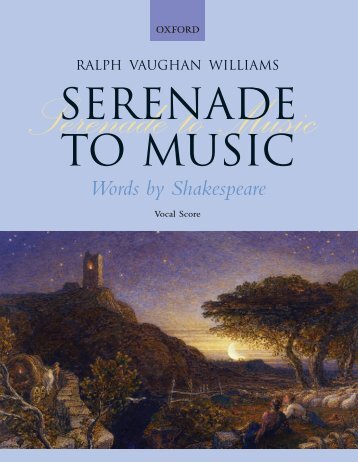
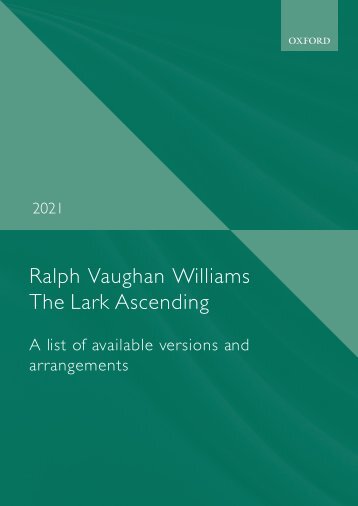

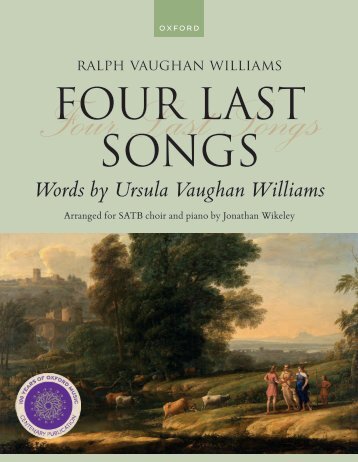

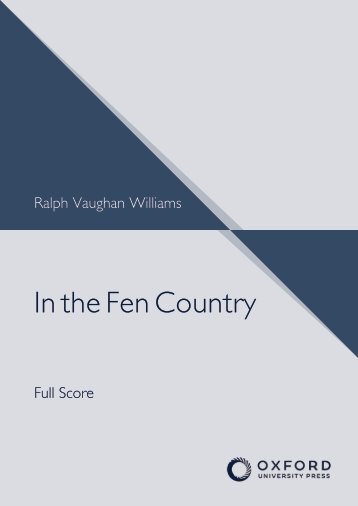
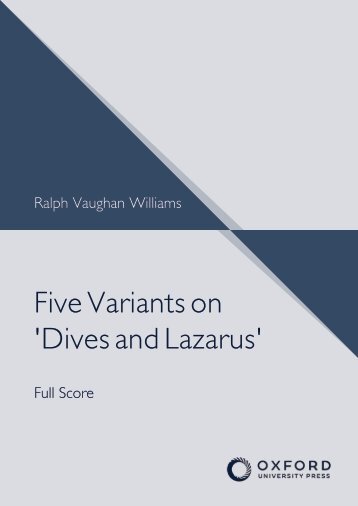
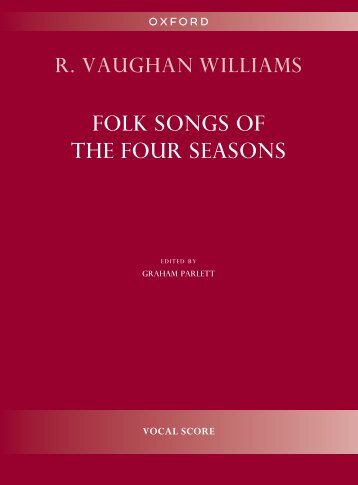




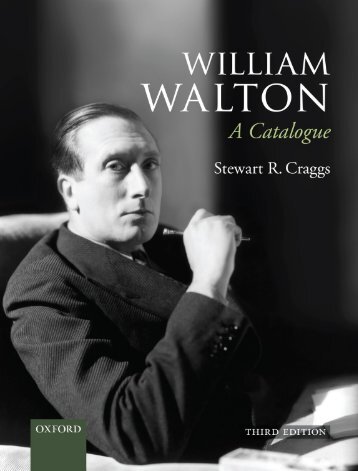



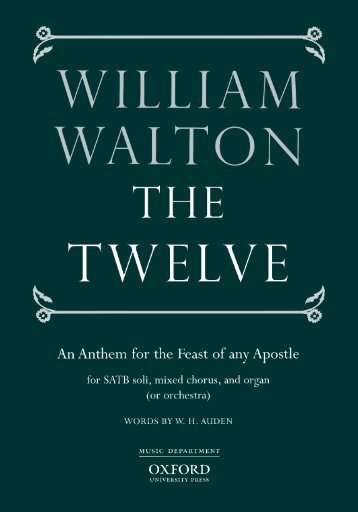


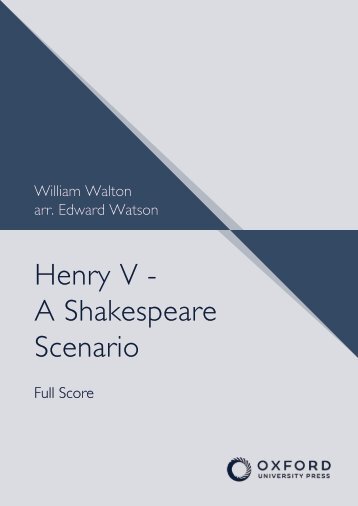






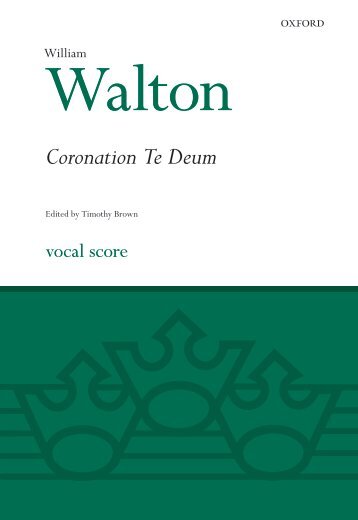
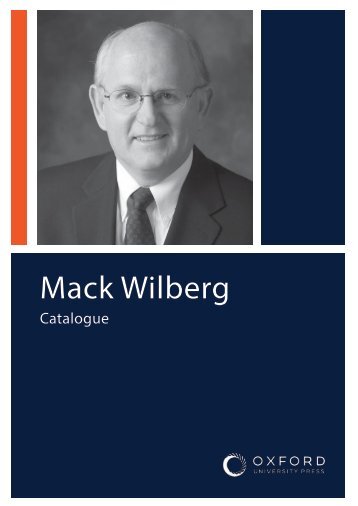
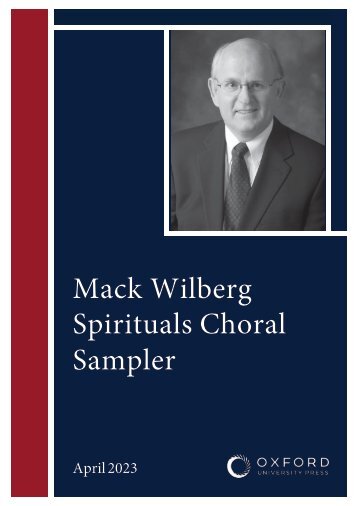
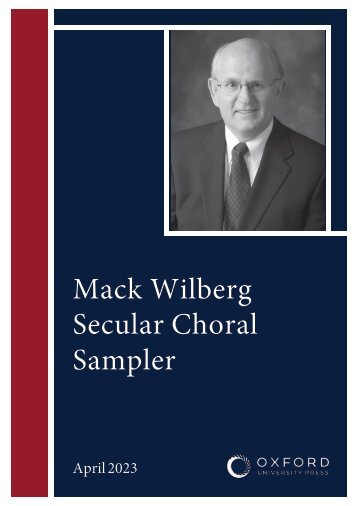




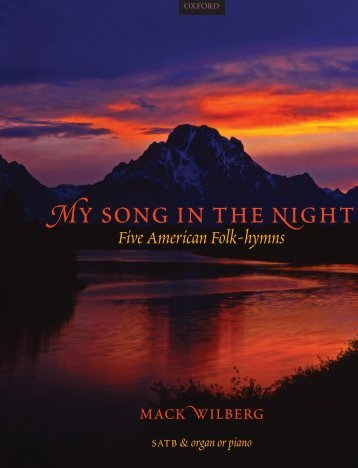
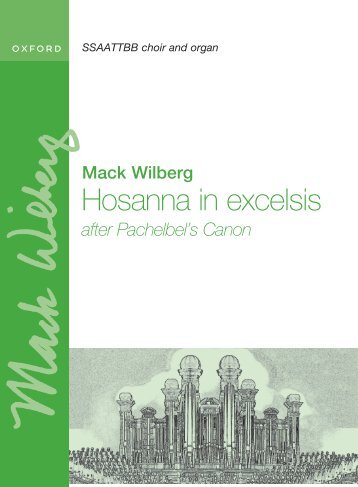


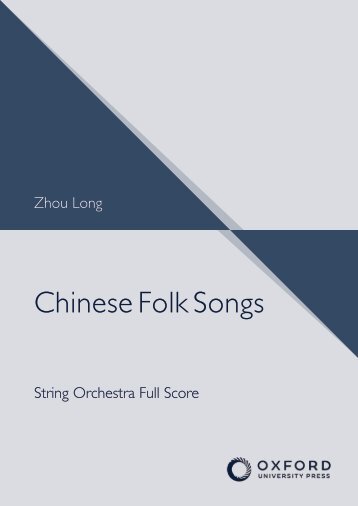

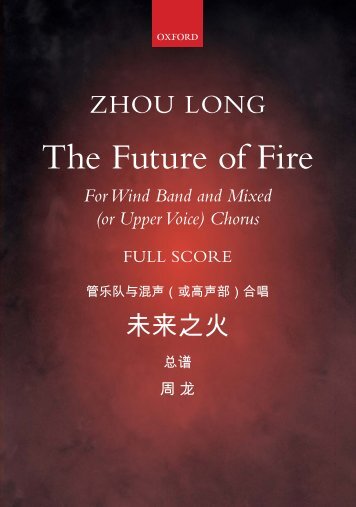





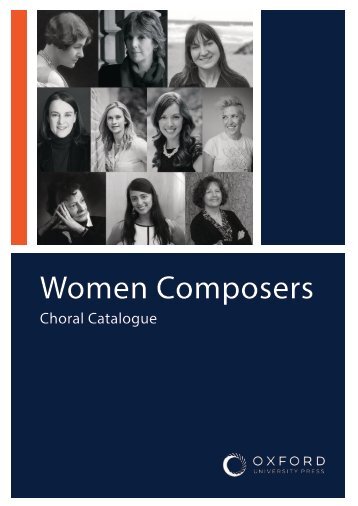

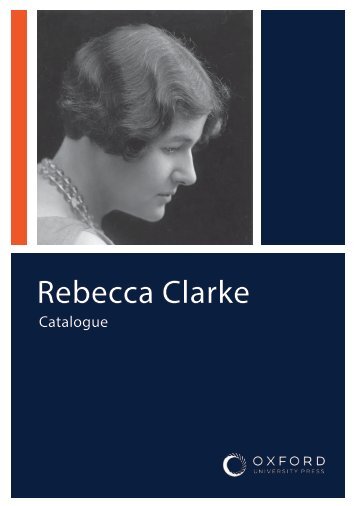

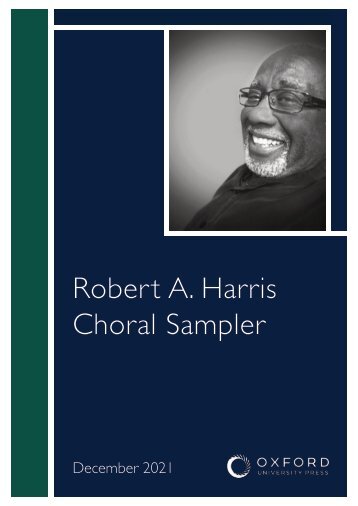
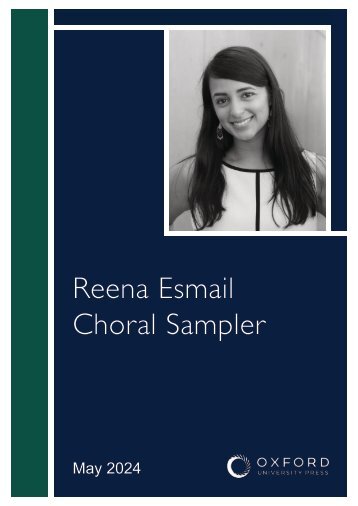
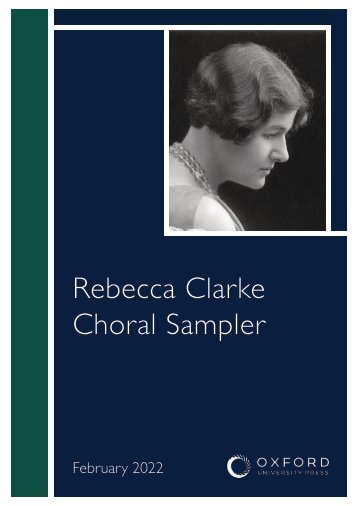
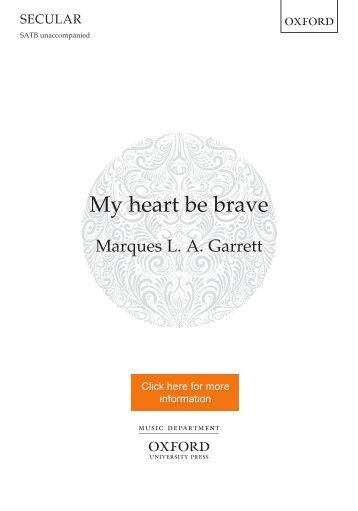
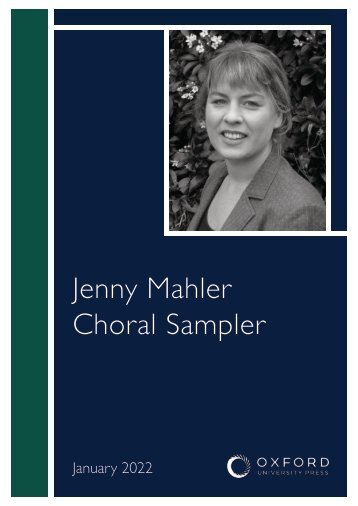
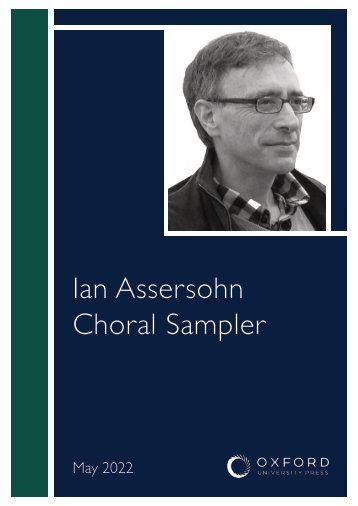
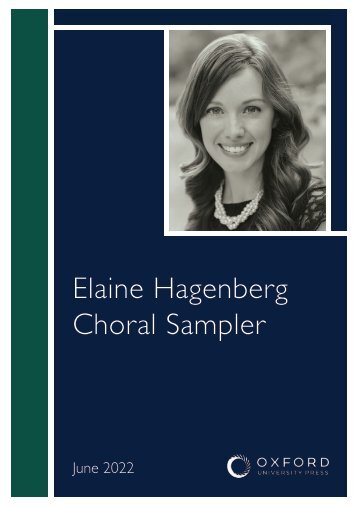
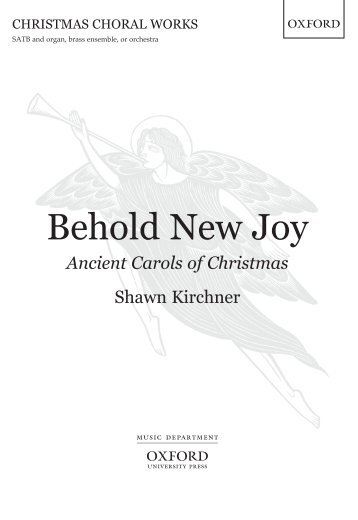
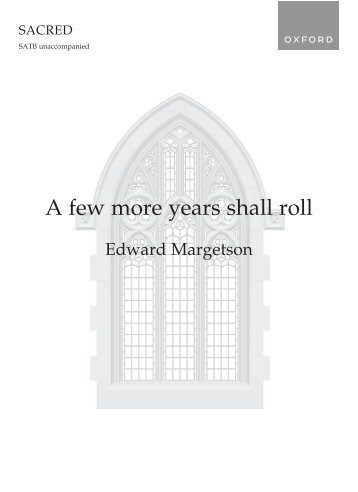
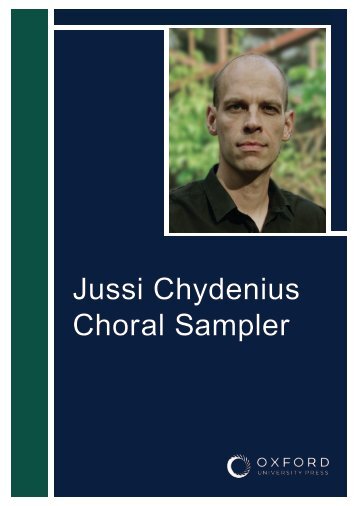


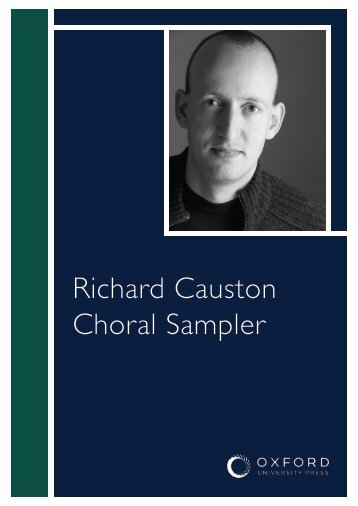
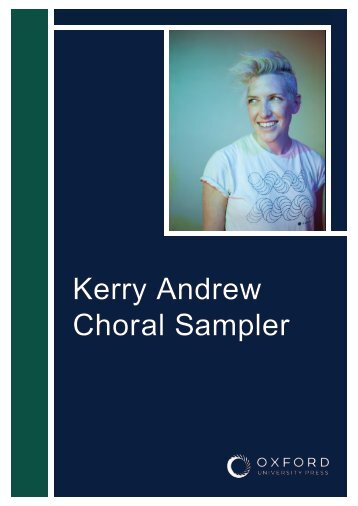
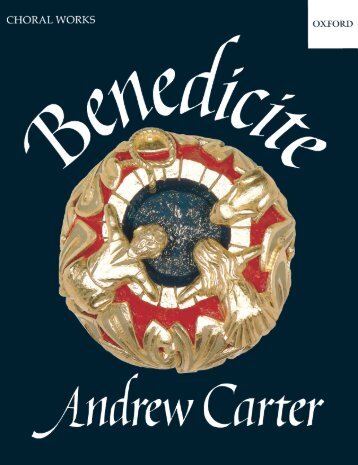

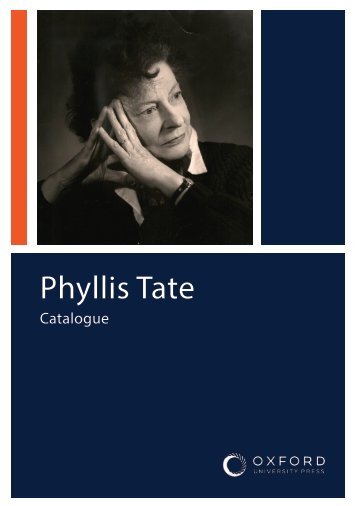
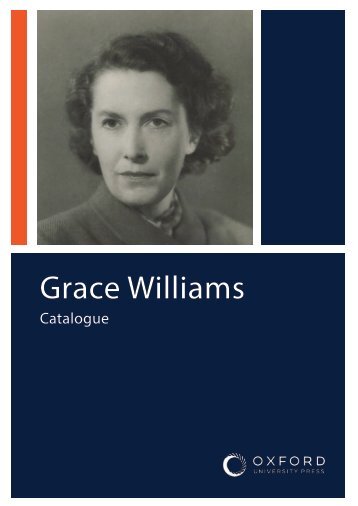

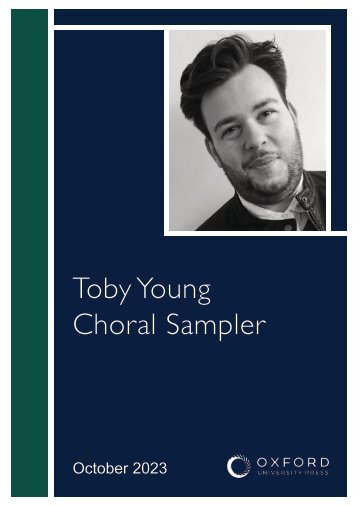
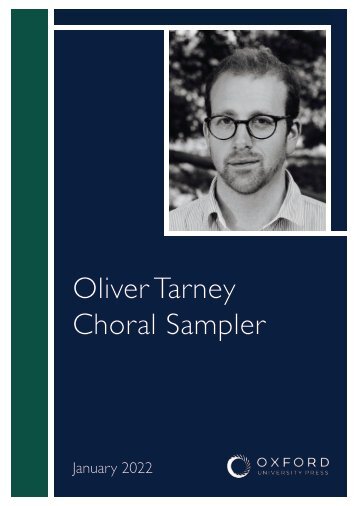

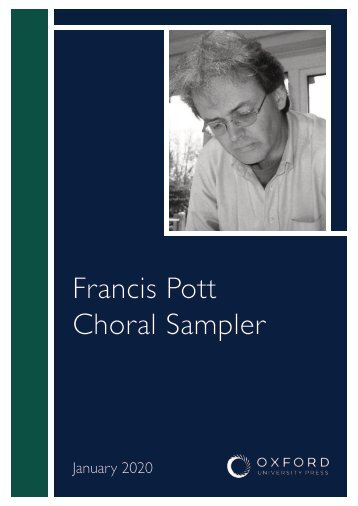
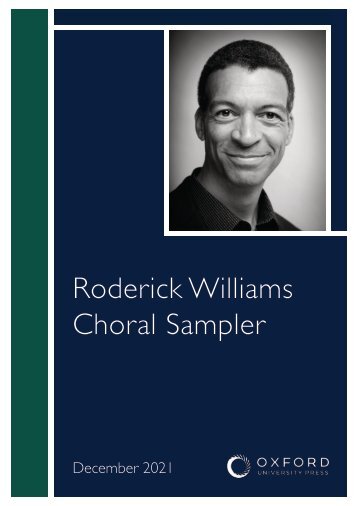
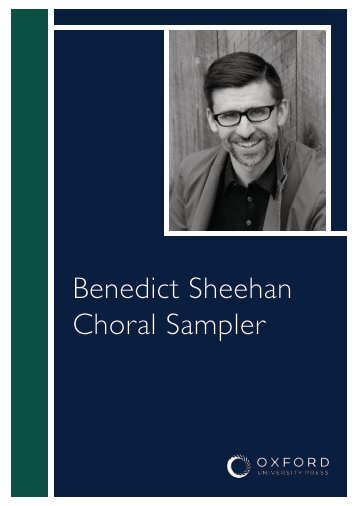
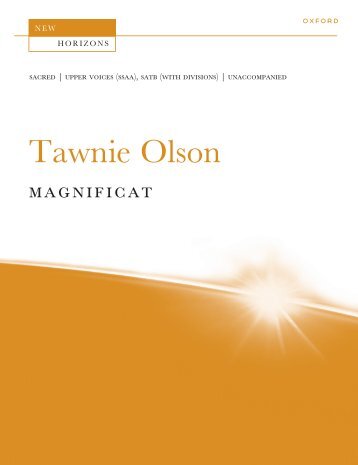
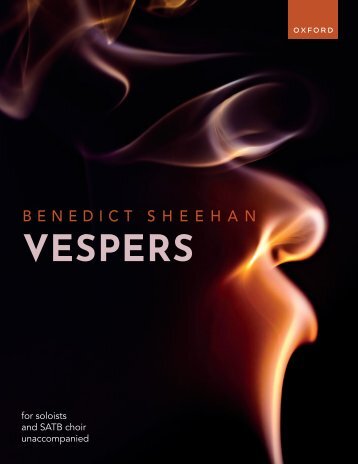

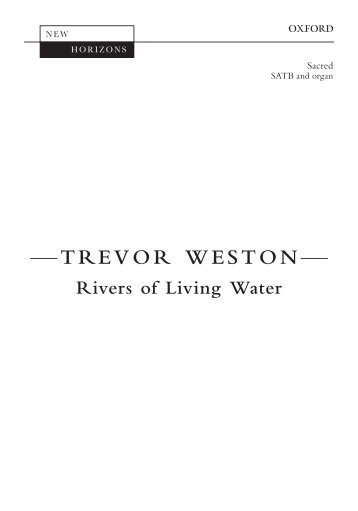
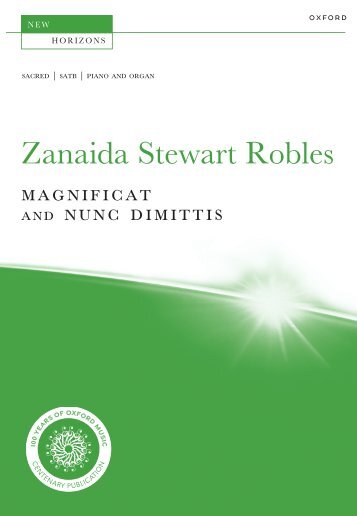


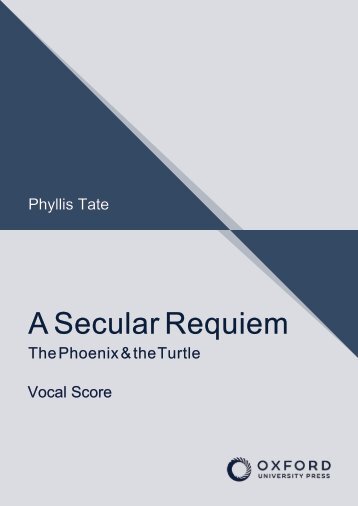

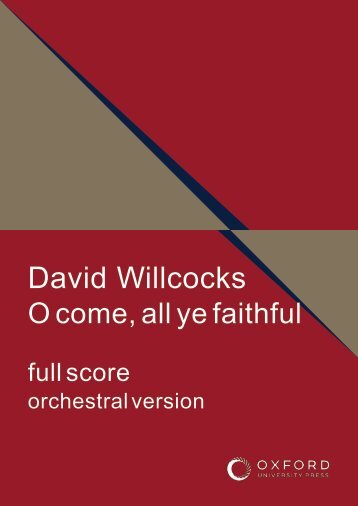


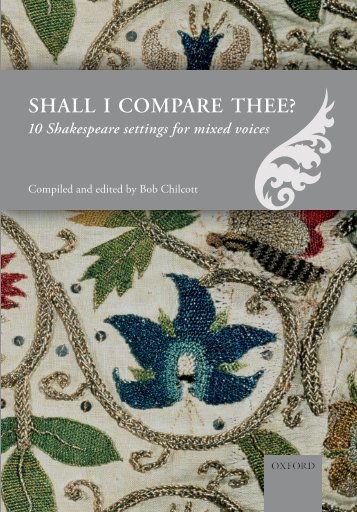
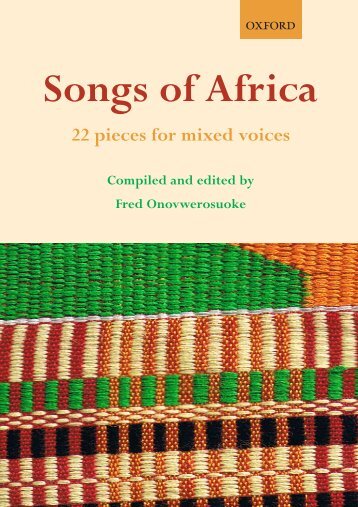




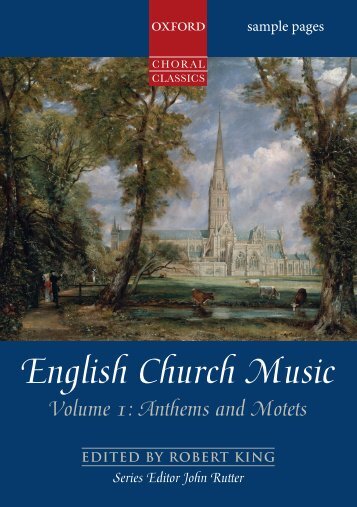
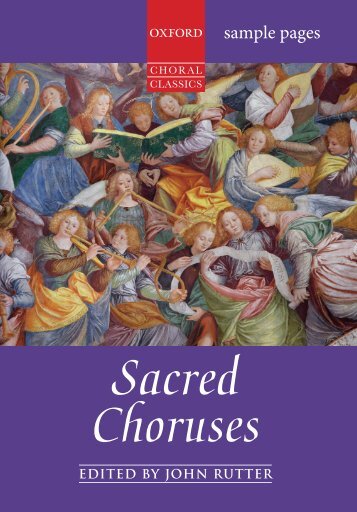

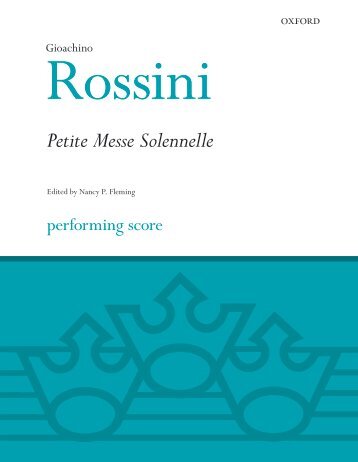
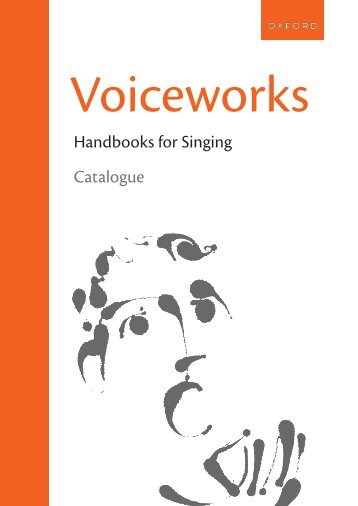



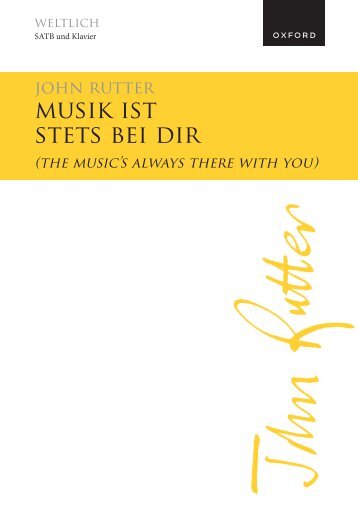
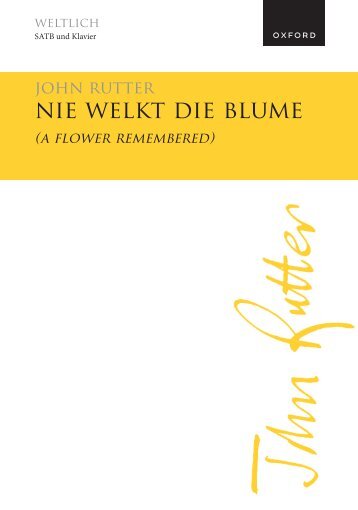

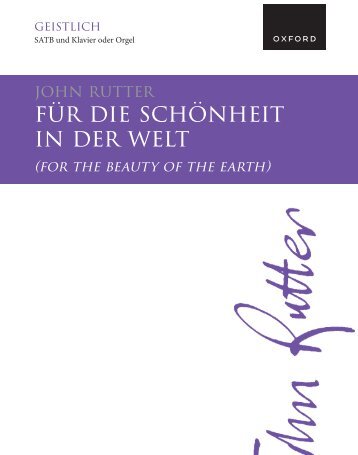
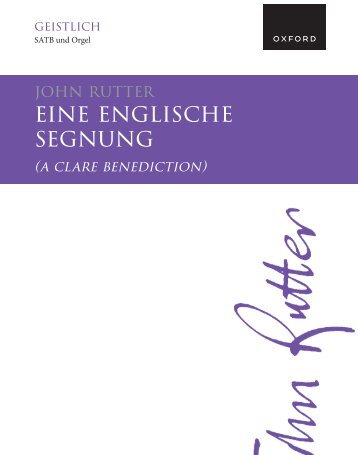

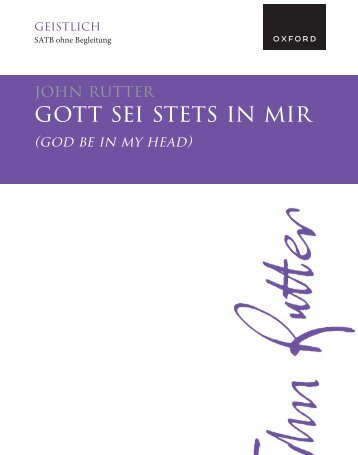


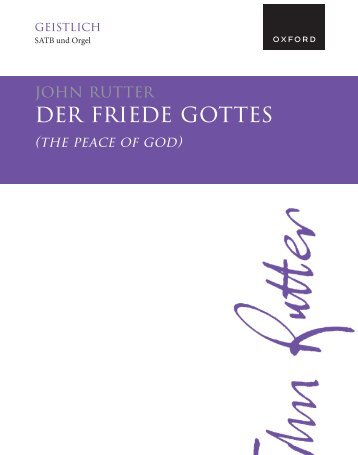


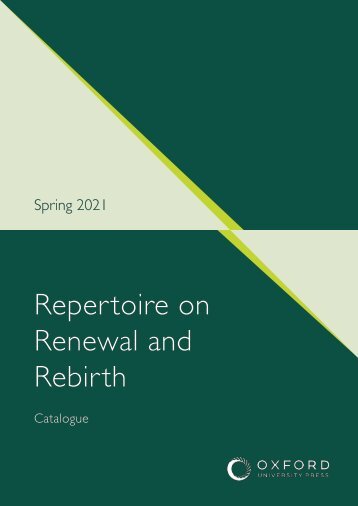
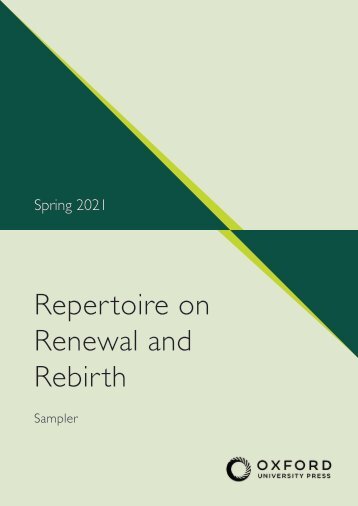
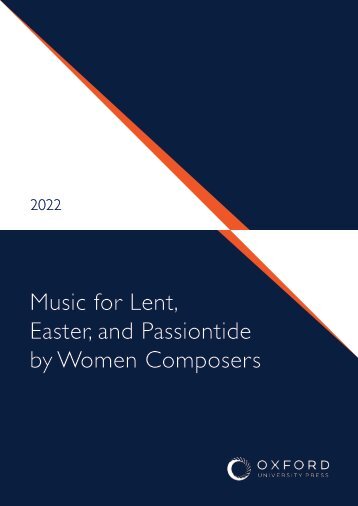
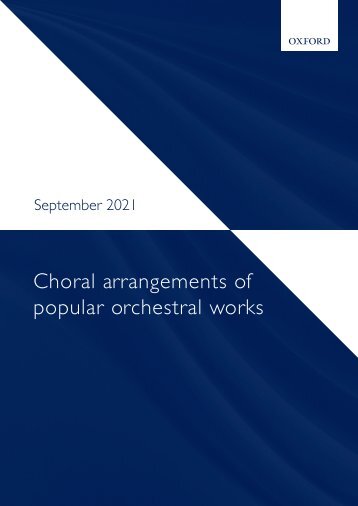
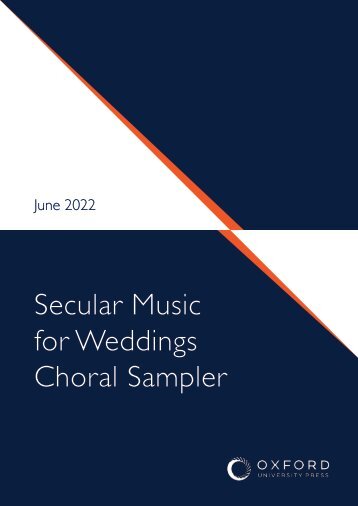

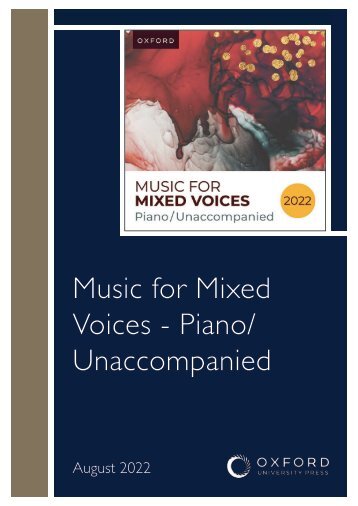
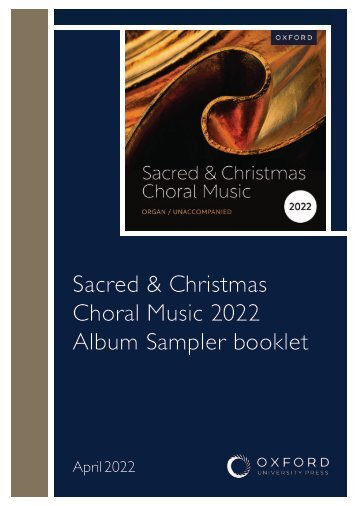
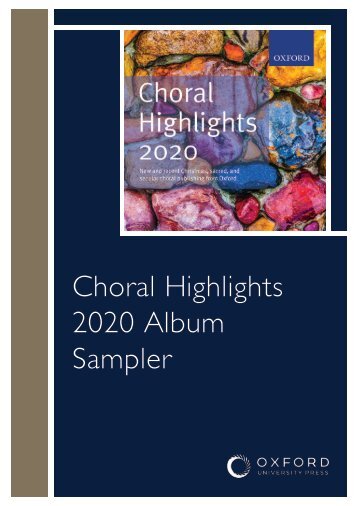
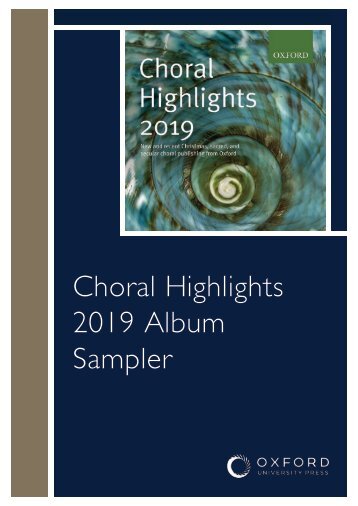
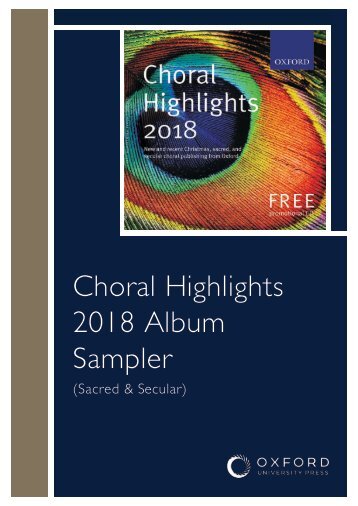

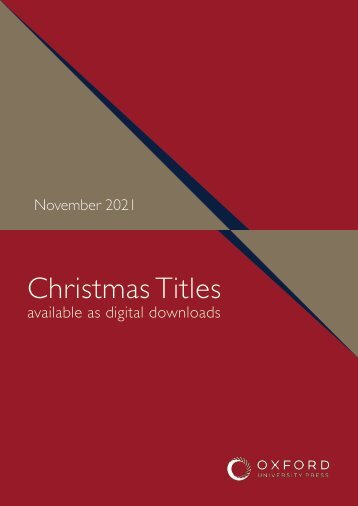
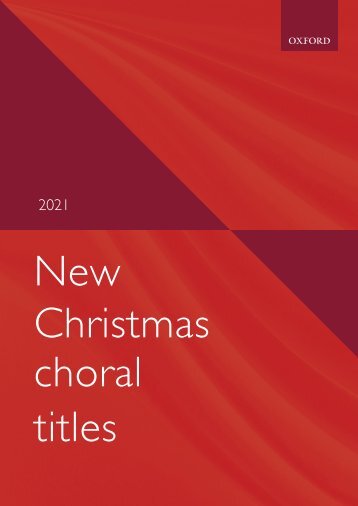
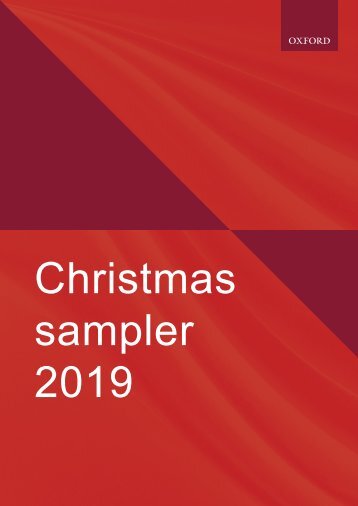
Facebook
Twitter
Email